Tokyo Travel Guide
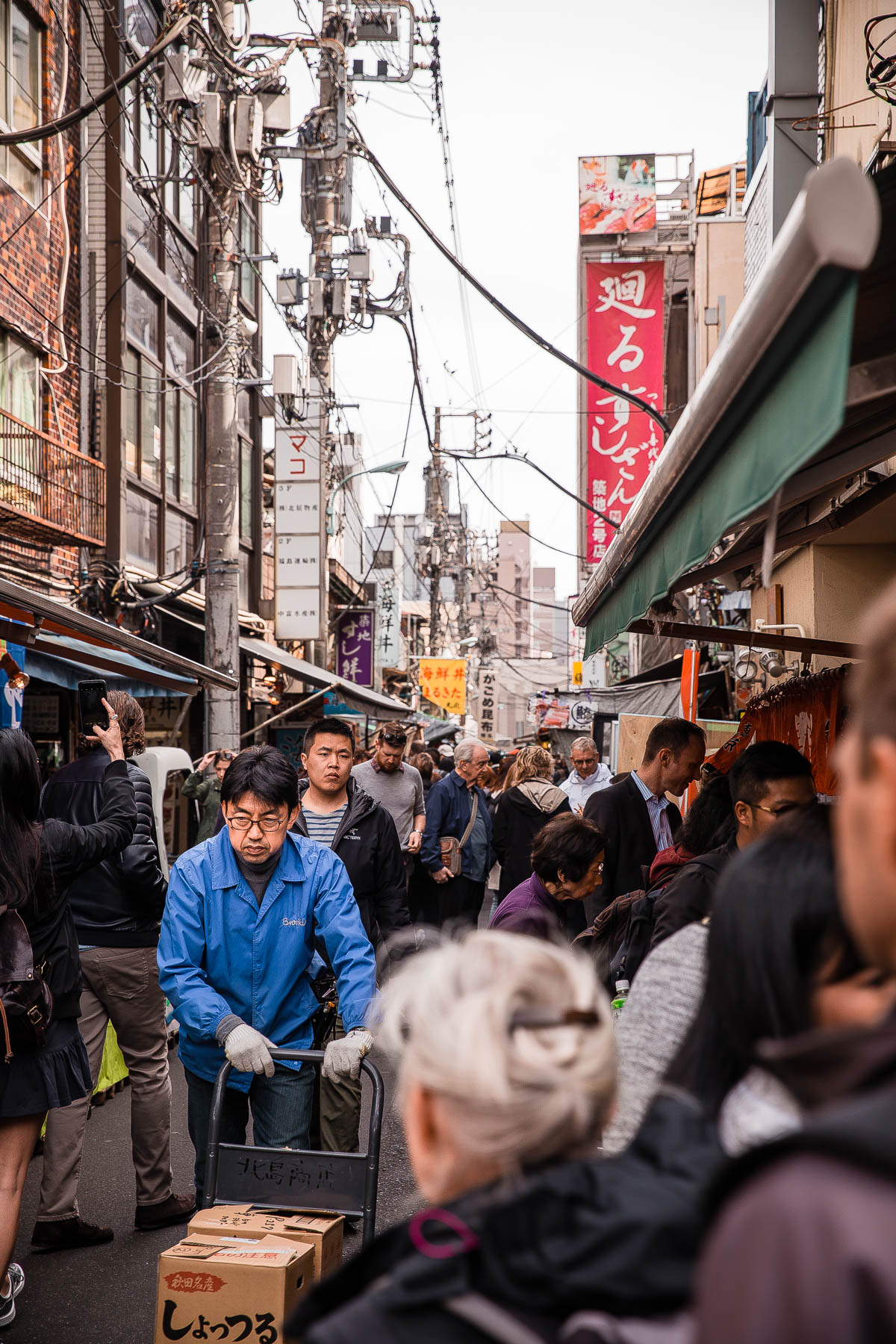
It took approximately four months, but I’m here (finally!) with the first installment of my Japan travel guide! I couldn’t be more excited to share this post with you. Better late than never, right?
As most of you know, Connor and I traveled to Japan in April for nine nights. Japan has been at the top of our travel bucket list for years. When we discovered that we’d accumulated enough airline miles to get free round-trip, direct flights from Chicago to Tokyo – and the dates conincided with our second wedding anniversary – we were sold.
While I knew this trip would be a culinary experience of a lifetime, I did not know just how much I’d fall in love with the country. The people, the culture, the food, everything. I can say, without a doubt, that it was one of the best and most unique travel experiences of my life.
Japan left its mark on me. Big time.
Since we had a limited amount of time, we went into the trip knowing that we wouldn’t be able to see everything. After some research, we narrowed our destinations down to a handful of places: Tokyo, Kyoto, and Nara. [Read my Kyoto travel guide here.] That was the easy part, sort of.
I soon realized that planning the actual day-to-day itinerary proved far more difficult. We wanted to allow for leisure and spontaneity, but we also knew we needed to be efficient if we hoped to take advantage of our limited time. Guide books gave us a vague plan, at best.
We’re used to living in a large, urban city, but Tokyo is an entirely different beast. To put things in perspective, New York City has about 30,000 restaurants. Tokyo has, according to some estimates, about 300,000 of them. As a self-proclaimed ‘food planner’, I literally had no clue where to start. I wanted to experience authentic Japanese cuisine, get off the beaten path, and avoid the typical tourist spots.
Add a major language barrier into the mix (and the fact that most Japanese restaurants don’t have websites) and things get difficult fast.
How We Planned Our Trip:
After learning about Journy, an online travel concierge service, from a fellow blogger, I reached out to them and they offered to provide us with a complimentary, customized itinerary for our trip. The process couldn’t have been more simple or straight-forward.
I filled out a short quiz (aimed to narrow down your travel style, priorities, and goals) and was matched with my Journy concierge, Melissa, who worked with me for our trip. We exchanged a few emails with more information about us (how adventurous of eaters we were, our budget, etc.) and she took care of everything else. It was immensely helpful.
Each travel day was planned with activities, attractions, restaurant recommendations (breakfast, lunch, and dinner), and off-the-beaten-path spots. They incorporated our existing reservations into a well-thought-out, logical, and thorough itinerary. Time wasn’t wasted hopping back and forth between various neighborhoods.
Having the itinerary provided us with a game plan for tackling each day, but also flexibility in the moment. The best part? Journy provided us with restaurant recommendations – based those from local insiders, chefs, and bloggers – that we never ever would have discovered on our own. We always had a food plan. In fact, they booked all of our dinner reservations. It was a huge, huge relief and made our trip much more enjoyable!
Our final itinerary was provided to us via PDF and through their Journy iPhone app, which provided maps and directions to each spot on our itinerary.
It would have been very difficult to spontaneously plan our meals in Japan. I do not recommend this. The options are endless (understatement of the century!) and there is no easy to know whether one spot is better than the next. Most of the restaurants we visited were off main roads, down residential back alleys, and down a flight of stairs with little to no signage. If you want a great culinary experience in Japan, don’t leave it up to chance. Plan for it!
I’ll repeat this. Working with Journy was the best decision we made for our trip to Japan. There was nothing ordinary about our itinerary, and it provided us with an incredibly unique, customized experience that we’ll never forget. I would pay for this service ($25/day) ten times over in the future and have already recommended it to countless people. They truly deserve most of the credit for the success, unforgettable bites, and memories made during our trip! I can’t recommend them enough.
Trip Breakdown:
We were in Japan for a total of eight nights (our first night being spent on the plane over). We spent the first three nights in Tokyo, followed by four nights in Kyoto, and one final night in Tokyo before flying back home the following day.

 Arriving in Tokyo, Japan:
Arriving in Tokyo, Japan:
We flew out of Chicago on a Friday afternoon and arrived in Tokyo late on Saturday evening (Japan is across the date line and 14 hours ahead of us!).
We were lucky enough to fly into Haneda Airport, the closer of the two Tokyo airports, which allowed to quickly hop on the subway to our hotel in the city.
Within minutes of stepping off the plane, I felt like we’d traveled to another world. Everything felt different in the best possible way. Even the colorful, funky vending machines excited me. Truthfully, I thought the language barrier would be the most challenging aspect our trip, but it ended up being what made it most memorable and special.
Aside from the transportation system (which offered English signs and translations galore), English is few and far between. You’re literally lost in translation. It’s oddly peaceful. I was immediately blown away by how orderly and thoughtfully designed everything was: the subway and transportation system, in particular, is incredible.
Tokyo is a huge city – and we definitely experienced crowds at times – but there is an order to everything. It is also remarkably quiet. Everything down to the rail car number, station bathrooms, and line to get off/onto the train cars is clearly marked.
Japan is all about efficiency, cleanliness, and courtesy. This made the inner-organization freak, type-A personality in me so ridiculously happy. The city is also incredibly safe. Many of the restaurants we visited at night were located off main roads, and we never once felt unsafe or anxious taking the subway system at night or walking down darker-lit streets or alleys.
Exploring Tokyo:
After getting advice from a handful of people, we decided to make the neighborhood of Shinjuku our base camp for the first three nights in Tokyo.
While Shinjuku isn’t the most unique or beautiful neighborhood in Tokyo by any means, it’s proximity to Shinjuku station (the busiest railway station in the world) makes it an ideal spot for travelers to stay. After checking in and picking up our pocket wifi from our hotel lobby, we made our way to the room and promptly called it a night.
For whatever reason (the late-night arrival, shorter nap on the flight, or the fact that we took melatonin that evening), Connor and I got over jet lag extremely quickly. We slept from 11 pm until 7 am the next morning without waking up once.
Since we went into our first full travel day feeling well-rested, we established a normal sleep schedule almost instantly! In other words, we hit the travel jackpot.
Shinjuku:
We spent our first morning exploring the Shinjuku neighborhood. Unfortunately, after wandering the streets and discovering some hidden alleys, we discovered that our breakfast udon noodle spot was closed (this was the only slip – if I can even call it that – in our Journy itinerary!).
At this point, we had wandered around for an hour and were getting very hungry, but couldn’t figure out where the heck to eat. It was 9 o’clock on a Sunday morning, lightly raining, and most businesses were still closed for the day. Remember what I said about getting hungry and not having a food plan? Guilty as charged.
We ended up circling back to Shinjuku station and grabbing a Western breakfast of quiche, fresh fruit, and coffee at (wait for it…) Dean & Deluca. It was actually quite delicious, but not quite what we envisioned as our first meal in Japan. Despite the irony of it all, it ended up working out for the best.
The later part of the morning was spent exploring the famous Isetan Department Store. This isn’t your average department store.
Isetan is famous for it’s basement food floor, which is organized into sections: Japanese pastries, Western pastries, seafood, poultry, meat, prepared food, etc. It has every ingredient and prepared food that you could possibly imagine: exquisitely packaged fruit, pastries, and bean paste candies to homemade soba noodles, tempura-everything, and every type/cut of seafood, meat, or poultry. While most of the prepared food is meant to be taken out (eating on-the-go is fairly frowned upon in Japan), many of the counters offered samples for us to try.
We visited the seafood section first and were quickly given a small sample cup of mini cooked fish (shirasu), tiny shrimp, and baby octopus. The entire experience was sensory overload in the best possible way. You could easily spend hours in that place.
After exploring Isetan, we walked to Shinjuku Gyoen National Garden. Unfortunately, at this point, it was raining pretty hard and the grounds were very wet, but this was our first true glimpse of the Japanese cherry blossom trees.
We were extremely lucky that the timing of our trip happened to coincide with cherry blossom season. While there was always a chance the dates might align, we never really expected or planned for it. It was incredibly fortuitous timing and made our trip even more special and memorable.
Shinjuku Gyoen is a beautiful large garden in the heart of the city with bridges, greenhouses, temple buildings, and views of skyline in the distance. It’s worth visiting if you’re in the area, especially if you happen to be visiting in cherry blossom season!
Shibuya:
The rest of our day was spent exploring the Shibuya neighborhood, which is located just a short subway train away. Upon arriving at Shibuya, we walked a few blocks and experienced our first real Japanese meal of the trip.
Located down a flight of stairs in an unassuming building, Gohan-ya Isshin, offers incredibly affordable lunch sets. Immediately upon entering the restaurant, we were asked to remove our shoes (truthfully, we weren’t even sure it was the right place at this point, but obliged!) and led to a tatami-style booth surrounded by bamboo dividers.
We each chose a lunch set consisting of sashimi, rice, miso soup, and pickled vegetables. Instead of water, we enjoyed cold glasses of green tea water. Everything was delicious and gorgeously presented, and the setting was relaxing, beautiful, and a wonderful way to kick off our trip.
From our lunch spot, we walked just a few blocks to our next destination for exploring: the canals at nakameguro. We were immediately greeted with gorgeous cherry blossom trees as far as the eye could see.
Nakameguro is a huge tourist destination during cherry blossom season, for Japanese and foreigners alike, and was quite crowded, but absolutely stunning to see in person. The famous canal is lined with cute shops and boutiques on both sides and almost every store was selling champagne or other sakura (cherry blossom) themed drinks and snacks.
Ducking into back alleys and residential streets to avoid the crowds, we visited a bookstore, grabbed coffee (convenience stores have fridges full of hot bottled beverages, it was my favorite thing!), and happened upon two residential parks (one of which offered Mount Fuji views, but sadly the visibility was zero that day).
I took a gazillion photos of flowers during our trip. Zero regrets.
In the late afternoon, we took the subway back to our hotel in Shinjuku for a quick recharge before heading out for our Journy dinner reservations at Motoyoshi, a Michelin-starred restaurant specializing in tempura. This was one of the most special meals of our entire trip and I never would have discovered this place on my own.
Located down a dark residential alley and down a half-flight of stairs, the restaurant itself was stunning to walk into. The space itself was very small (as most Japanese restaurants are!) and real blossom branches were draped just above the eight-seat counter. I have no idea how they did this – or how these blossoms managed to stay alive in a windowless space – but it was pure magic.
The menu was entirely in Japanese, but the waiter spoke just enough English to let us know that were 4 menu options with varying amounts of vegetables and fish. Journy had specifically recommended their tempura shiso leaf (topped with uni) and we immediately settled on that option. The next two hours were an experience I’ll never forget!
At the start of our meal, the chef – who worked just behind the counter – showed us a wooden box with beautifully-arranged market vegetables, indicating what we would be eating that evening. Gorgeous fat asparagus, shrimp (the body and heads were separated and fried/served separately!), lotus root, shiitake mushrooms, baby octopus, red snapper, and many more.
Each ingredient was taken out one at a time, battered, and fried just before our eyes in the lightest, crispiest, not-evenly-remotely-greasy tempura batter that you could possibly imagine. We received a new course (one or two bites) every five or ten minutes.
Traditional Japanese tempura is flavored by the diner. We were given gorgeous pottery dishes filled with flaky salt, lime, grated daikon radish, and tempura sauce (a dashi broth). Some of the tempura bites had been marinated, aged, or seasoned with cherry blossom smoke and, for these, we were instructed to eat them without seasoning. Everything was absolutely delicious and so special. If you’re ever in Tokyo, I highly recommend making a reservation at this spot in advance! You’ll never look at tempura the same way again.
Tsukiji/Ginza:
Our second full day in Tokyo was spent primarily in Tsukiji and the nearby Ginza neighborhood.
Tsukiji Fish Market is a must-visit spot in Tokyo and was one the highlights of our entire trip. We met up with my friend (and fellow food blogger) Lindsay and her husband, Taylor, whose own trip overlapped ours by a few days. Exploring the city with friends and fellow foodies/photographers made it all the more fun!
We spent the better part of the morning exploring the famous Tsukiji fish market and taking a sushi insider workshop, where we learned how to prepare traditional Japanese sushi. The workshop included a guided tour of the fish market, where we purchased fresh (they literally killed the snapper just before our eyes) fish for our class.
Just before we entered the main market, our guide warned us that “once you cross into the market, fish are primary and people are secondary”. This really couldn’t have been more true, and we literally had to jump out of the way for several motorized carts with zero warning.
Despite being a bit chaotic, the energy and variety of fresh seafood (fresh cuttlefish, eel, tuna, salmon, red snapper, flounder, urchin,etc.) was outstounding! I could have spent hours in there watching and taking everything in.
After filling up on fresh, handmade sushi (literally, tons of it!) in our class, we explored the outer Tsukiji market and enjoyed fresh matcha and sakura (cherry blossom) soft-serve ice cream. Just one of many soft-serves from our trip.
We then walked to the Ginza neighborhood, which is known for high-end shopping. On our way, we decided to stop for coffee at Cafe de L’Ambre, one of the oldest coffee shops in Tokyo.
This tiny, smoke-filled cafe is known for serving coffee made from aged coffee beans (some of which are 40+ years old!). The owner, who is over 90 years old, still goes into the cafe and roasts the coffee every.single. day. Serious dedication.
Connor and I first read about this place in a guide book, and since we happened to be within walking distance, we all decided it was worth a visit.
The place had incredible character. The coffee menu read like a wine list with various coffee varieties and ages available by the single or double serving. Three of us (me, Connor, and Taylor) decided to go for it and order single-shots of their oldest coffee offering, Brazilian Bahia beans aged since 1973. Yolo.
We received what appeared to be a shot glass worth of brewed coffee at the low price of 870 yen (eight dollars!) per single dose. Verdict? Clearly none of us are coffee connoisseurs. The atmosphere was worth the visit though!
That evening we stayed in the Shinjuku area and went to dinner at Robata-Shou, a fun and casual traditional Japanese gastropub (robata izakaya). We were immediately greeted, boisterously, by the entire kitchen staff upon walking in. Despite being the only foreigners in the entire place – and having some language barrier issues – we couldn’t have felt more welcome.
The restaurant specialized in grilled seafood (whatever was selected from the market that day), vegetables, and other unique side dishes.
We had delicious red snapper that was skewered and grilled above flames before our eyes, grilled daikon with sake glaze, an incredibly unique potato salad (can’t even begin to describe what was in this!), and gorgeous, fat asparagus. The entire meal was so authentic and off-the-beaten-path, and yet so remarkably different than any of our previous dining experiences.
Akihabara (Electronics District), Kappabashi, Ueno:
Our final day and a half in Tokyo (following our travels to Kyoto, which I’ll cover in another upcoming travel guide!) were spent in the historic Ueno neighborhood. It was conveniently located near the remaining neighborhoods we wished to explore and provided easy access to the Narita Airport express train for our return flight home.
Upon arriving back on the bullet train from Kyoto, we dropped off our bags at our hotel, grabbed incredible shio ramen at Motenashi Kuroki (my favorite ramen from the trip), and explored Akihabara, otherwise known as the electronics district, on foot.
Akihabara could be described in two words: sensory overload. Every inch of the high-rise buildings in this relatively concentrated area is covered (and I mean, covered!) with colorful advertisements, signage, and animations. I literally couldn’t handle more than a half hour or so of it, but it was fascinating to see in person!
It feels like you’ve stepped into a comic book, or as my friend Lindsay said, pin-ball machine. The fact that you can’t read any of it makes it all the more fascinating.
We took a quick stroll through Ueno Park and then headed Kappabashi (kitchen town) street. While Kappabashi is primarily packed with commerical kitchen supply stores, I was able to find a handful of shops that sold beautiful (albeit fairly common) Japanese pottery at a great price.
Food props galore! Kappabashi is also known for its plastic food shops, which specialize in intricate, hand-made plastic food used in most traditional Japanese restaurant windows. It is a sight to see!
Our final meal in Tokyo was enjoyed at the incredible Sushi Miyazono. Again, I have to give major credit to Journy for this recommendation, as Miyazono is not widely known among non-locals. In fact, the chef asked how we even discovered the place.
While this meal was the most expensive of our trip, it was easily one of the best culinary experiences (let alone, sushi!) of my life and I truly mean that. If you’re going to travel all the way to Tokyo, I recommend splurging on at least two special dinners. You don’t know when you’ll be back!
Chef Miyazono beautifully prepared bite after bite of luxurious sushi pieces (among other things – including a miso crab gratin!) and the dinner was as much a theatrical experience as it was a culinary one. His dedication to his craft was incredible. The restaurant itself is open until 3 am every evening. Once it closes, the chef heads straight for Tsukiji fish market to procure the finest ingredients for the following evening.
The seafood is proudly displayed in a beautiful wooden box atop the 8-seat wooden counter. Though he and his staff spoke almost no English, we were happy to be served anything the chef made for us. Every bite was memorable.
Where to Eat + Drink in Tokyo:
- Isetan Department Store – famous Shinjuku department store known for its basement food hall, which offers every type of prepared food you could imagine. Explore the stalls, grab samples, and stay for while.
- Gohan-ya Isshin – located down a flight of stairs in an unassuming building, this serene restaurant offers incredibly affordable lunch or dinner sets (¥1,000/person). It’s the perfect spot to rest tired feet before heading out to explore the busy streets of Nakameguro.
- Motoyoshi – a stunning Michelin-starred restaurant, specializing in tempura, located a short subway ride from the Shinjuku neighborhood. The menu consists of four set meals ranging from ¥9,500 to ¥14,900 per person, and is an experience of a lifetime!
- Robata Sho – authentic robata izakaya (Japanese gastropub) restaurant located within blocks of Shinkuju station (its a bit hidden, look for a blue curtain and small yellow lantern!). The boisterous, high-energy restaurant is filled with locals and specializes in the freshest grilled fish, vegetables, and side dishes. One of our most memorable dining experiences and a place that would be fun to visit more than once, if you have the time. We loved the grilled daikon, asparagus, red snapper, and potato salad, but everything is great. Roughly ¥3,000 to ¥4,500 per person.
- Cafe de L’Ambre – the oldest coffee shop in Tokyo, this famous, cigarette smoke-filled cafe, which is filled with salary men, specializes in aged brewed coffee drinks and selections.
- Motenashi Kuroki – a well-known ramen shop in the Ueno neighborhood of Tokyo, which offers beautifully-presented bowls of shio ramen with handmade noodles, seasoned soft boiled eggs, slow roasted tomato, and chashu pork. My favorite bowl from the trip!
- Sushi Miyazono – the most memorable meal of our trip and the best sushi. A late night hotspot and a favorite of local chefs, Miyazono serves the freshest fish imaginable, dutifully purchased every morning from Tsukiji Fish Market by the dedicated and passionate chef. With only nine seats, it’s an intimate and truly fulfilling dining experience. Roughly ¥20,000 to ¥24,000 per person.
- Rokurinsha – this famous (beloved by David Chang) ramen shop specializes in rich tsukeme ramen. Cold thick noodles that you dip in a piping hot, rich meat broth. You’ll wait at least an hour, but the line moves fairly quickly and you’ll be rewarded with incredible flavor and perfectly cooked noodles. There are several locations. We visited the one in Tokyo Station (Tokyo Ramen Street) before heading to the airport on our way home. While you’re in line, grab a few specialty KitKat flavors from the shop next door!
- Tokyo Station – this busy station offers countless restaurants and prepared food items, but Tokyo Ramen street, which offers 8 different ramen shops (including Rokurinsha), is worth exploring first.
What to See + Do in Tokyo:
- Canal at Nakameguro – this famous canal, lined with cherry blossom trees on both sides, in Shibuya is full of cute shops and boutiques for window shopping.
- Tsukiji Fish Market – a must-visit in Japan and one of the highlights of our visit. The inside of the market is quite overwhelming and fast-paced, so be careful to watch out for fast-moving and impatient fisherman!
- Tsukiji Sushi Insider Tour – a really fun, informative sushi-making workshop, which includes a walking tour of Tsukiji Fish Market and more homemade sushi than you can possibly eat in one sitting.
- Shinjuku Gyoen National Garden – this large park, located in the heart of Shinjuku, offers a serene escape from the busy city. With the beautiful skyline as its background, it is gorgeous Japanese gardens, temple buildings, ponds, and cherry blossom trees. Bonus: admission costs next to nothing.
- Akihabara (Electronics District) – while I wouldn’t describe this neighborhood as a must-visit, this loud, colorful, commercial area is a sight to see!
- Kappabashi Street – if you love Japanese pottery, cheap kitchen supplies, or want to check out lots of exquisitely crafted plastic food, this street is a must-visit!
Where to Stay in Tokyo:
- Keio Plaza Hotel – right in the heart of Shinjuku, this high-rise hotel offers beautiful skyline views and an incredibly convenient location (just steps of Shinjuku station!) for exploring.
- Hotel Tsubaki – a very unique, ryokan-style hotel located in a residential street in the Ueno neighborhood. The rooms are tiny, but incredibly charming, comfortable, and unique.
Travel Resources + Recommendations:
- Journy – an online travel concierge service, which uses local chef, blogger, and insider recommendations to plan every last detail of your trip. They deserve all the credit for our remarkable dining experiences (listed above) and wonderful intinerary.
- JR Rail Pass – Japan Rail Pass makes it very easy and relatively affordable to travel by train or bullet train to Kyoto, Nara, and countless other areas of Japan. You can even use it in lieu of the traditional metro to travel around Tokyo. This is only available for foreigner-travelers and must be booked in advance prior to the trip. We purchased a 7-day pass for our trip.
- Google Maps + Hyperdia App – we used Google maps primarily to navigate the metro system and streets, but both of these are absolutely necessary for any trip to Japan.
- Pocket Wifi (eConnect) – wifi is essential for travel in Japan. We would have been lost without it (quite literally) and it is very affordable. Don’t bother switching your normal cell phone service to international, it might not work properly and having wifi on-the-go enables you to save battery power. Book a pocket wifi in advance, arrange to pick it up at your hotel upon arrival, and plan on dropping it off at the airport just before departing. Remember to charge the batteries each day!
- 72-Hour Subway Ticket – if you choose not to activate your JR rail pass upon arrival (as we did), this ticket offers a cheap way of traveling from the airports and across Tokyo. It exclusively for foreigners and only available to purchase at the airport.
- iPhone Battery Case or Portable Charger – you’ll most likely being using your phone a lot for navigation and photos, so be prepared with extra batteries! These came in handy many, many times.
- Google Translate – this wasn’t always reliable, let alone accurate, but it can be a life saver at times.
For more travel-related posts, visit my travel page!

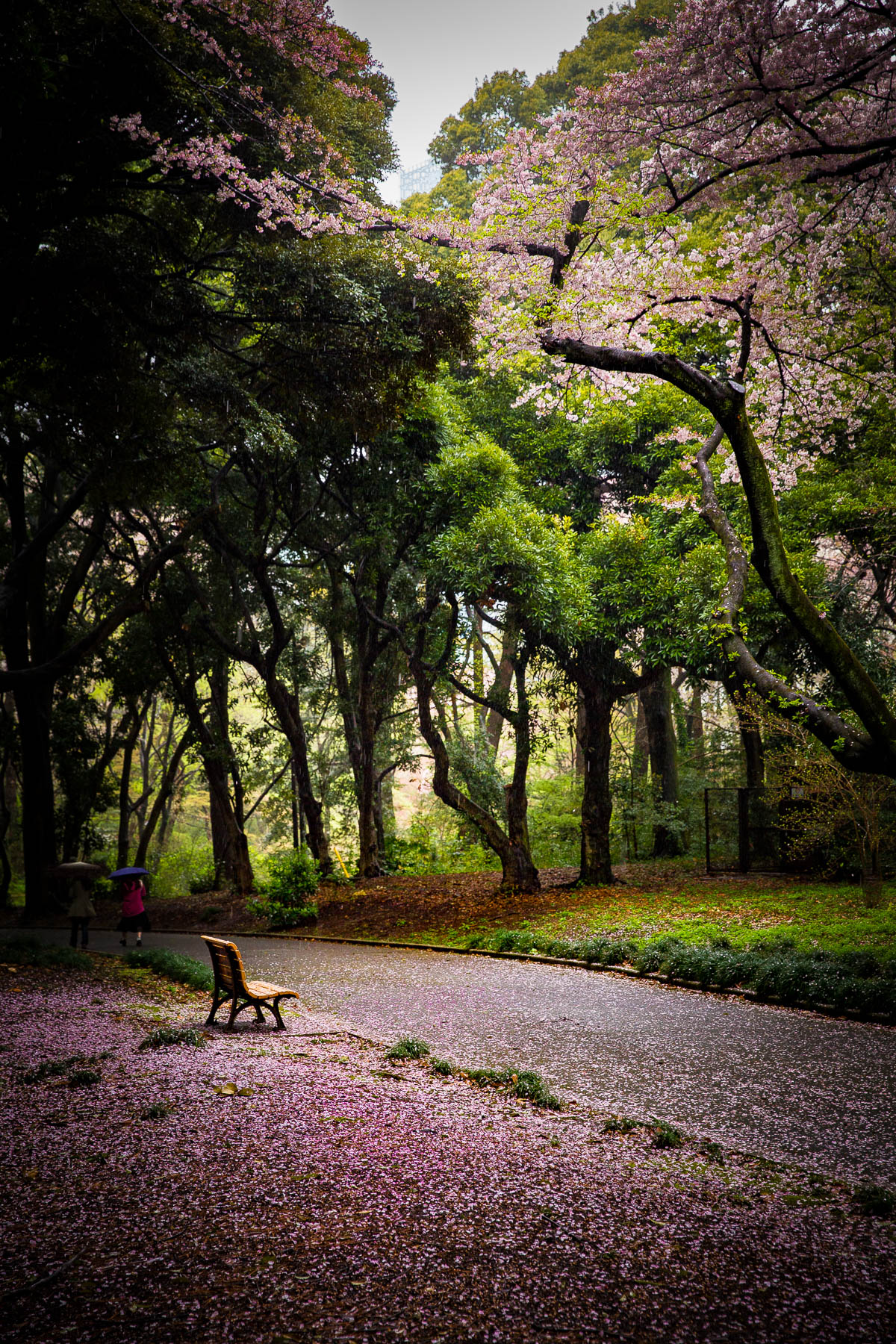
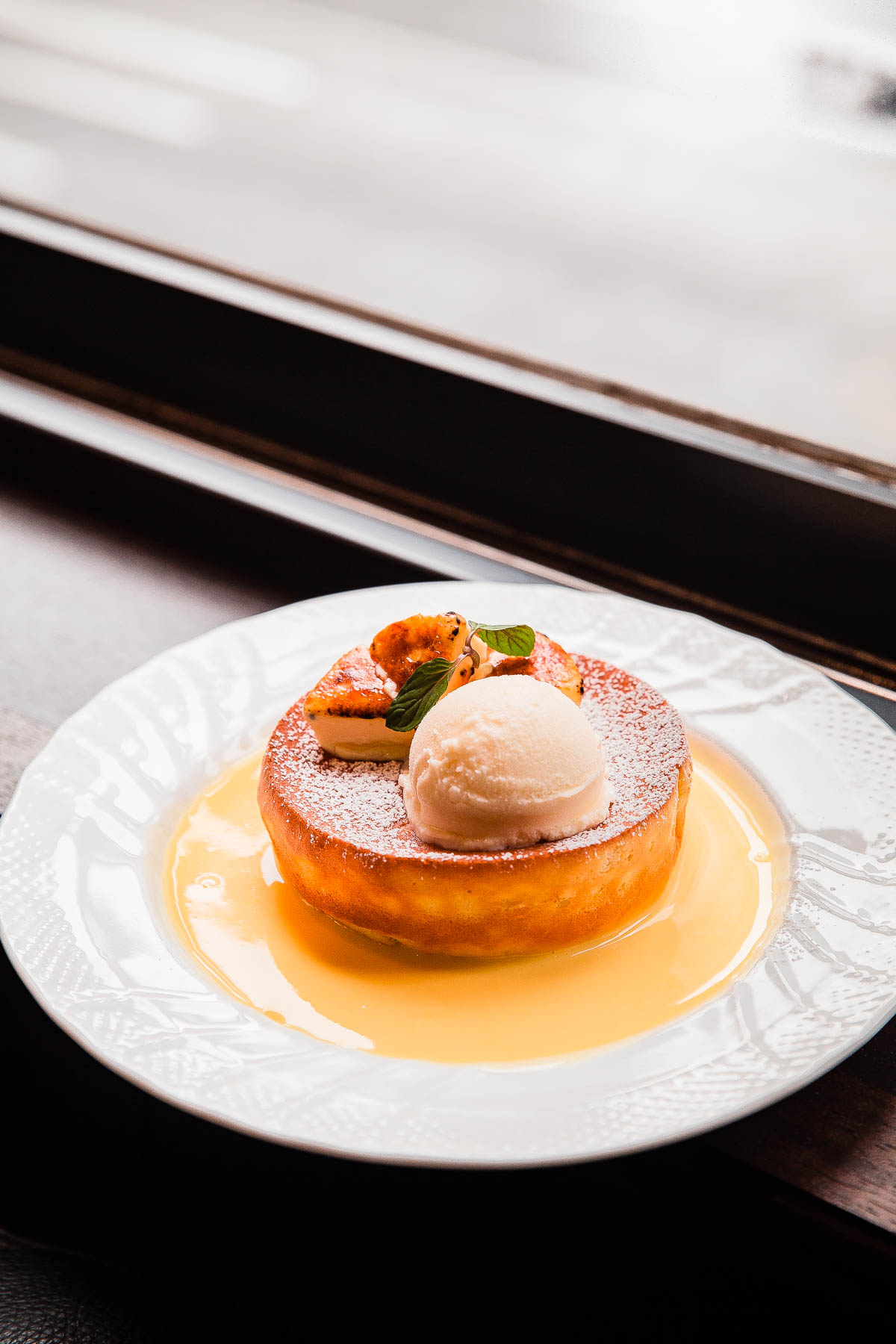
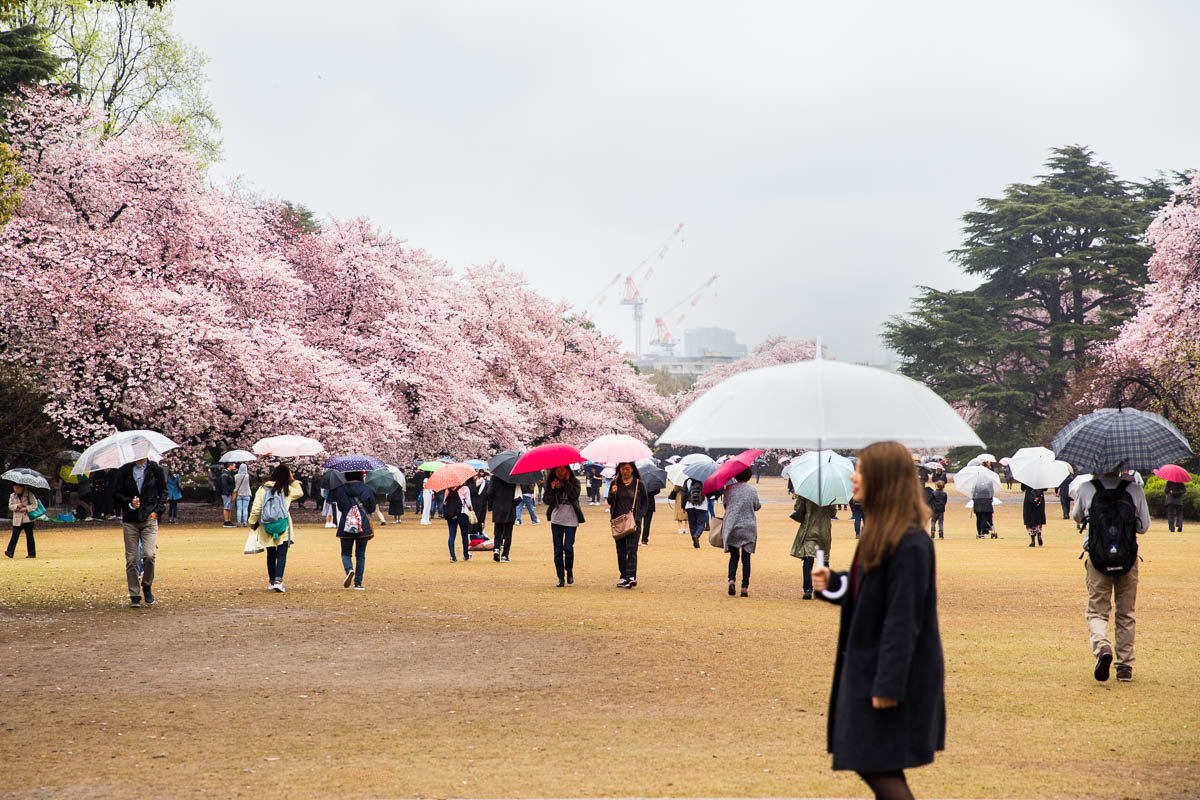
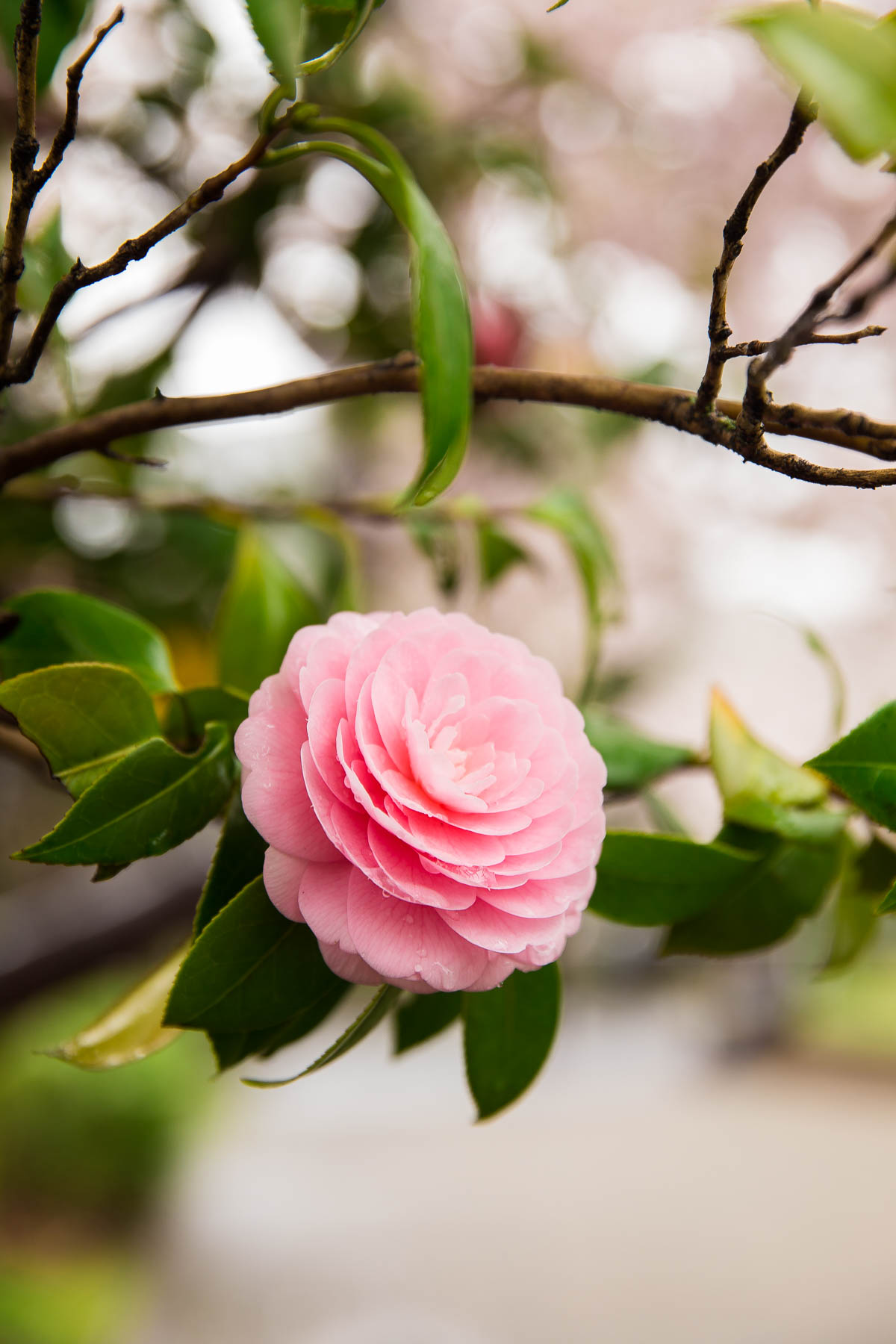
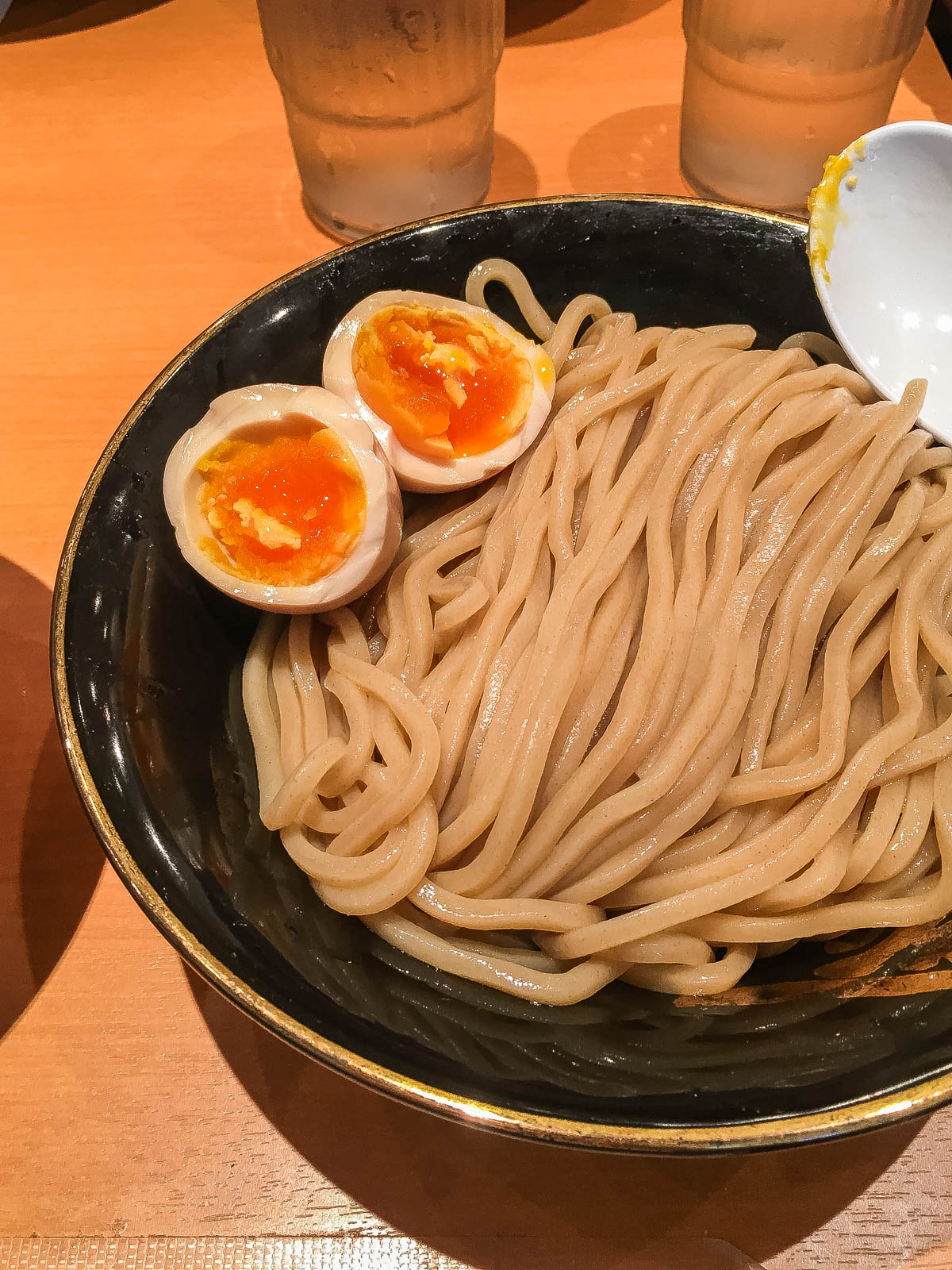 Arriving in Tokyo, Japan:
Arriving in Tokyo, Japan: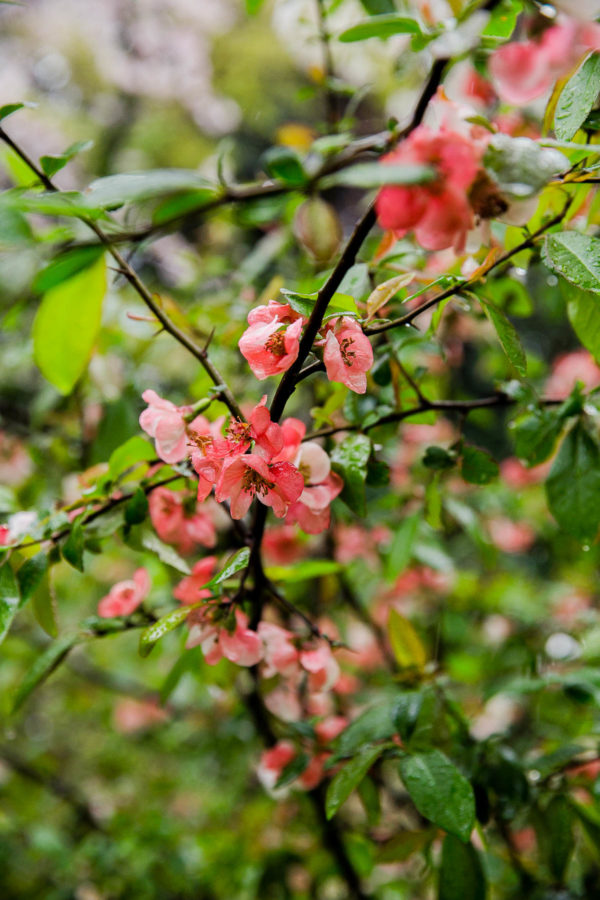
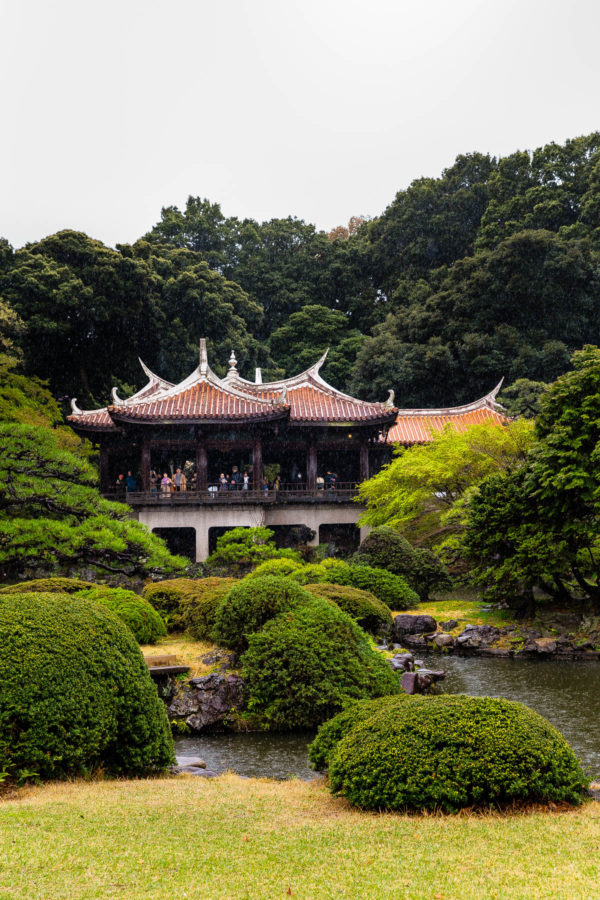
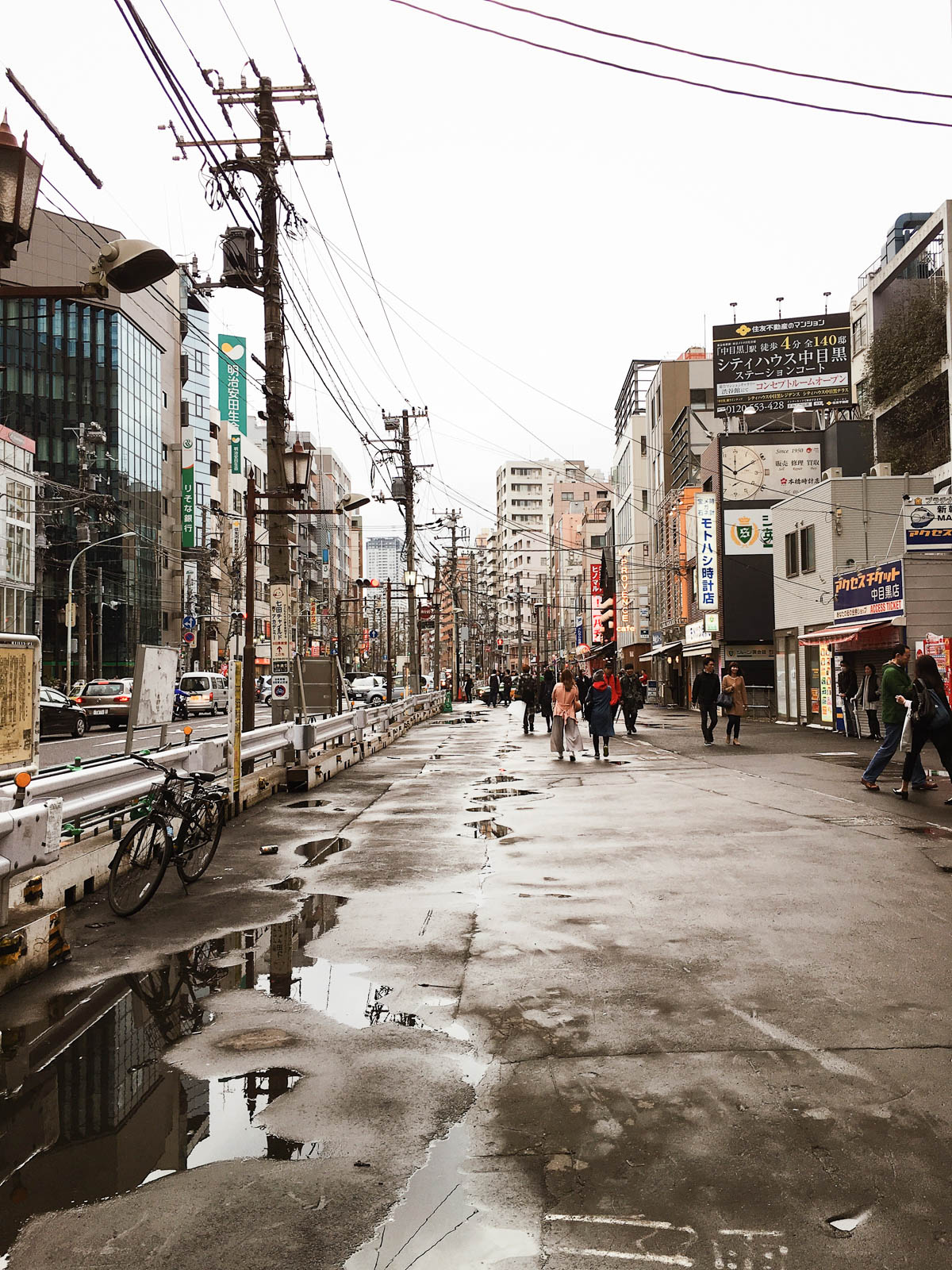
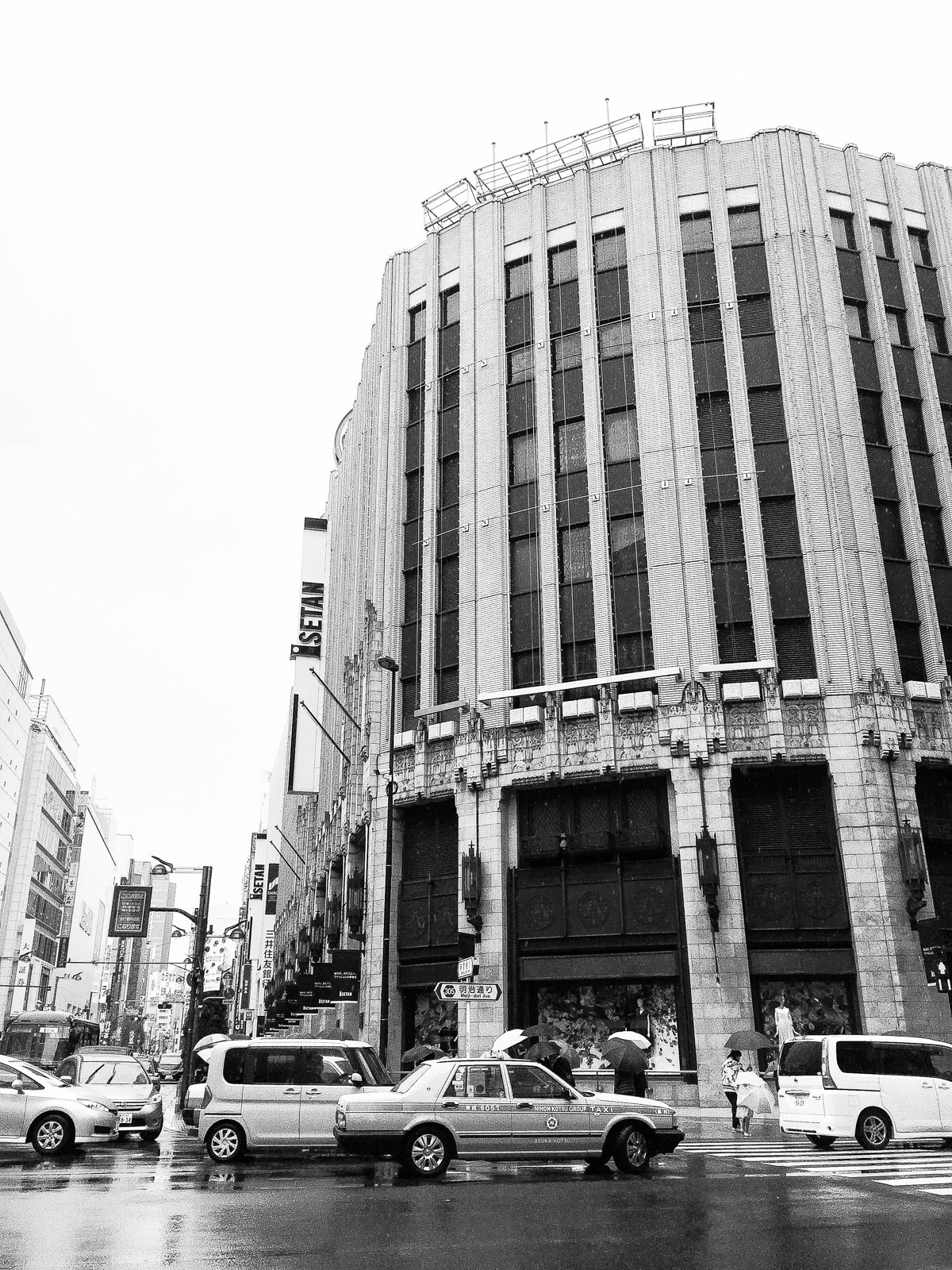
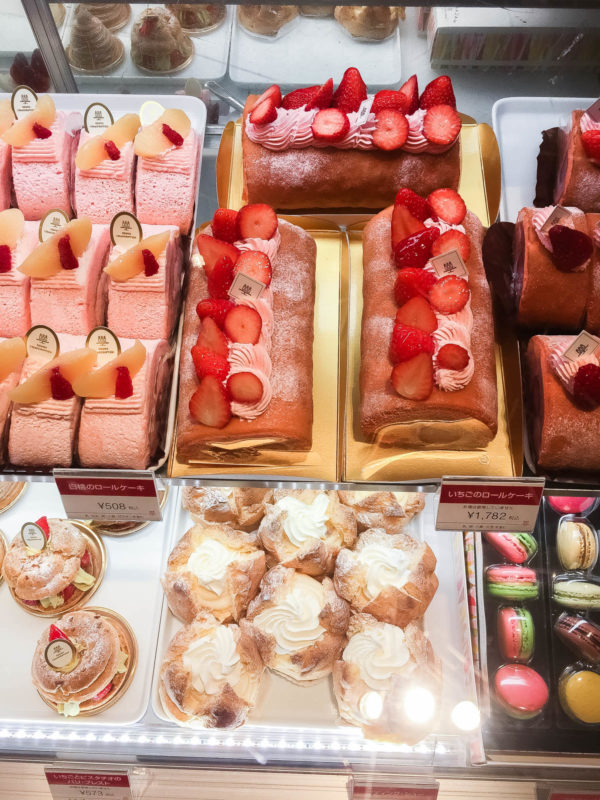
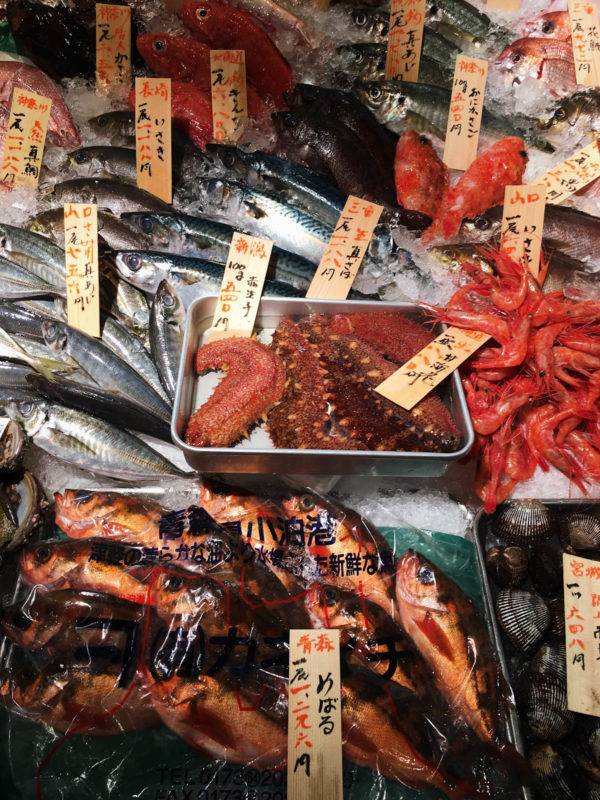
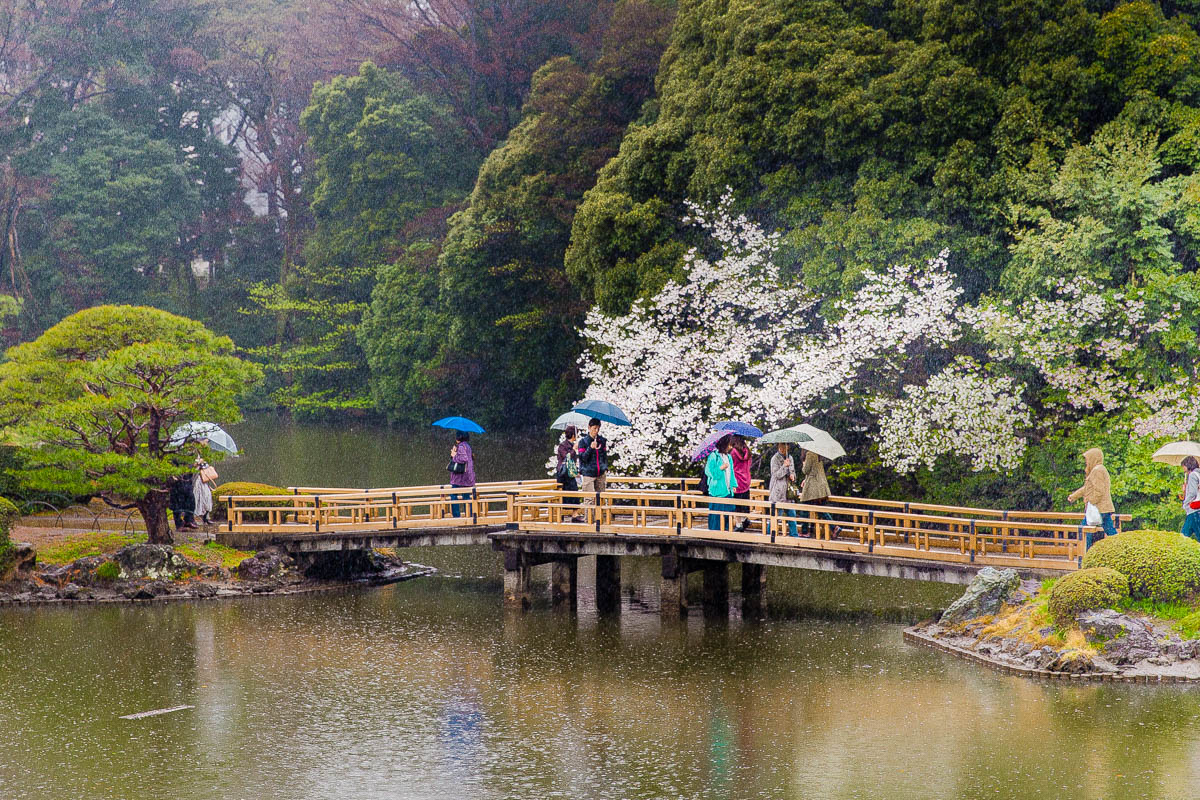
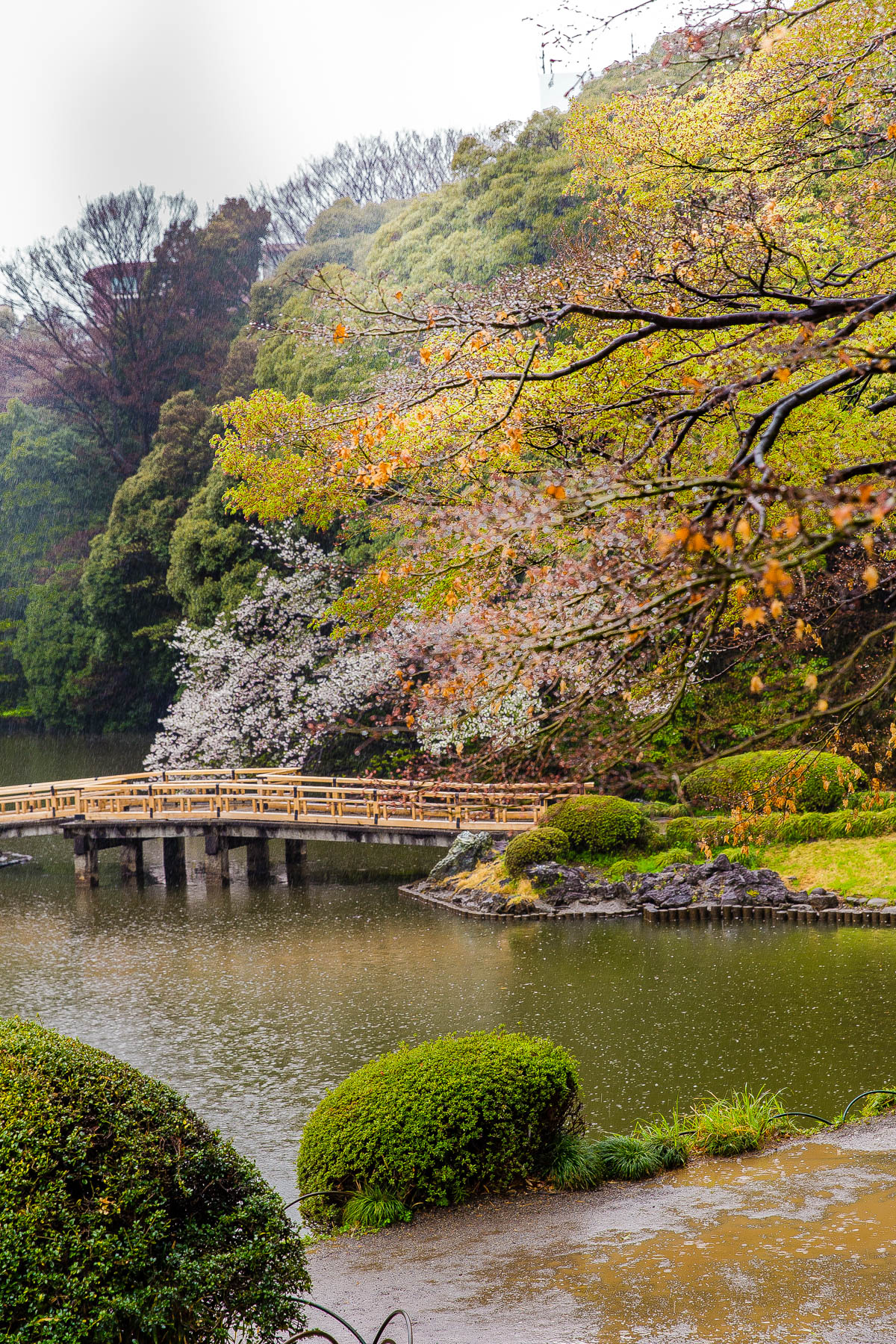
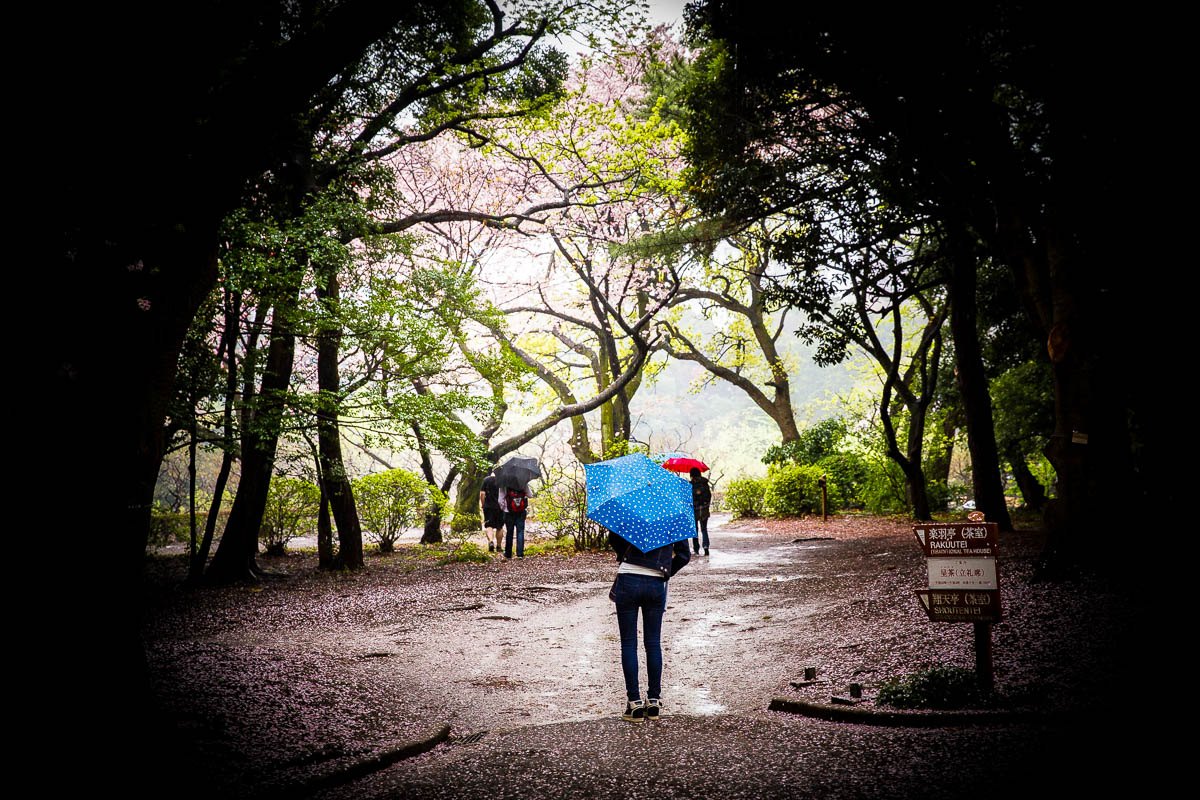
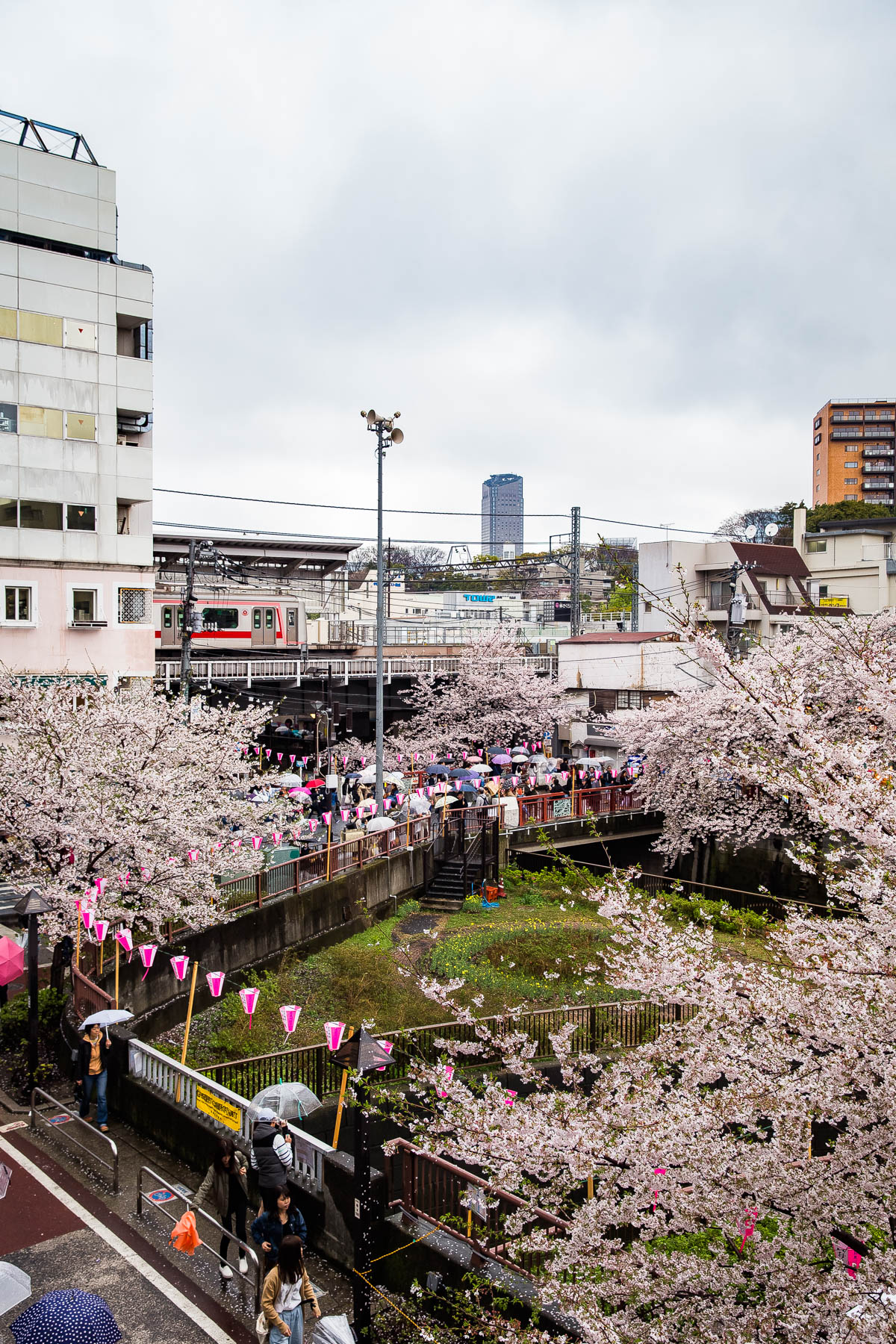
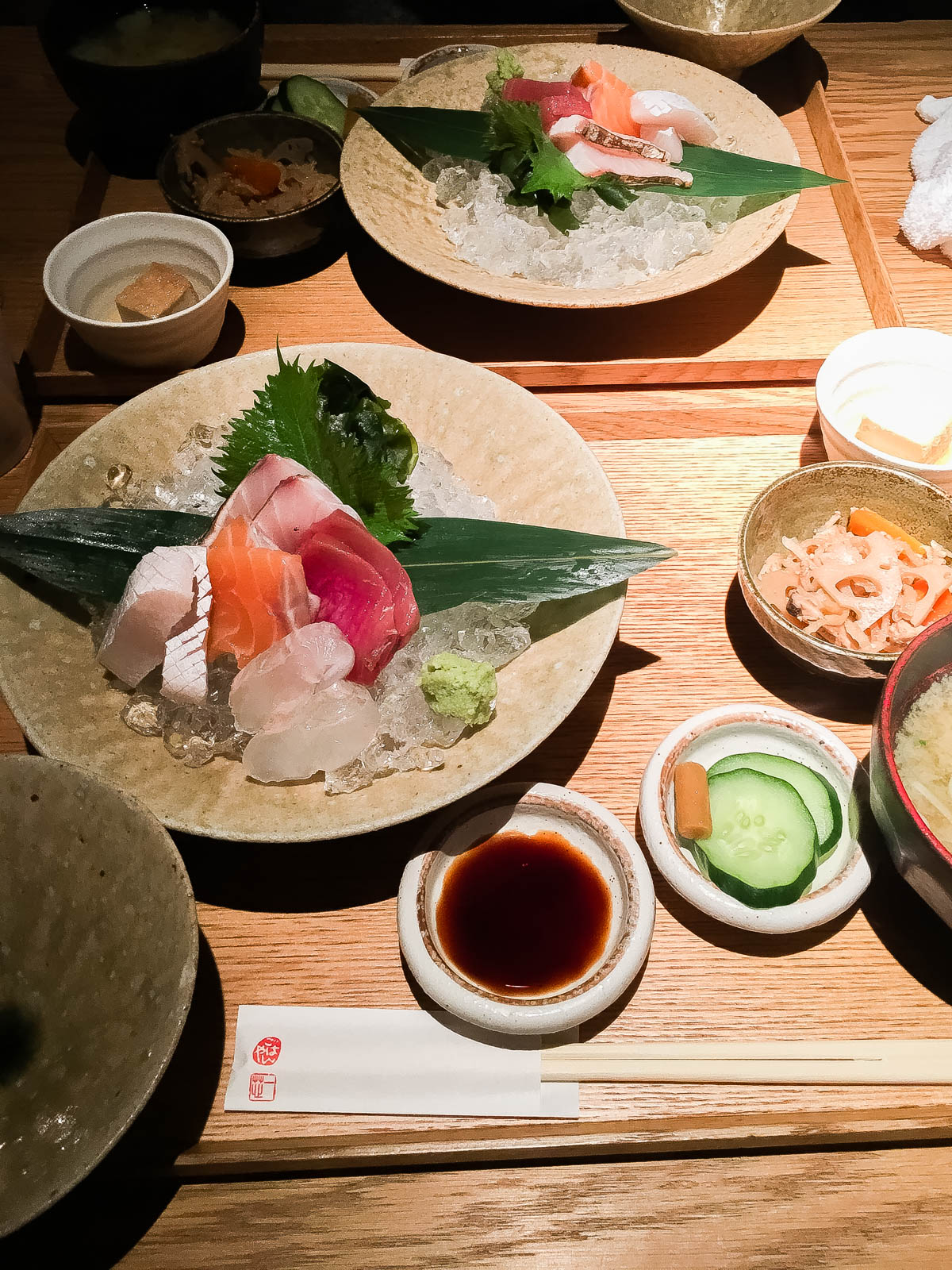
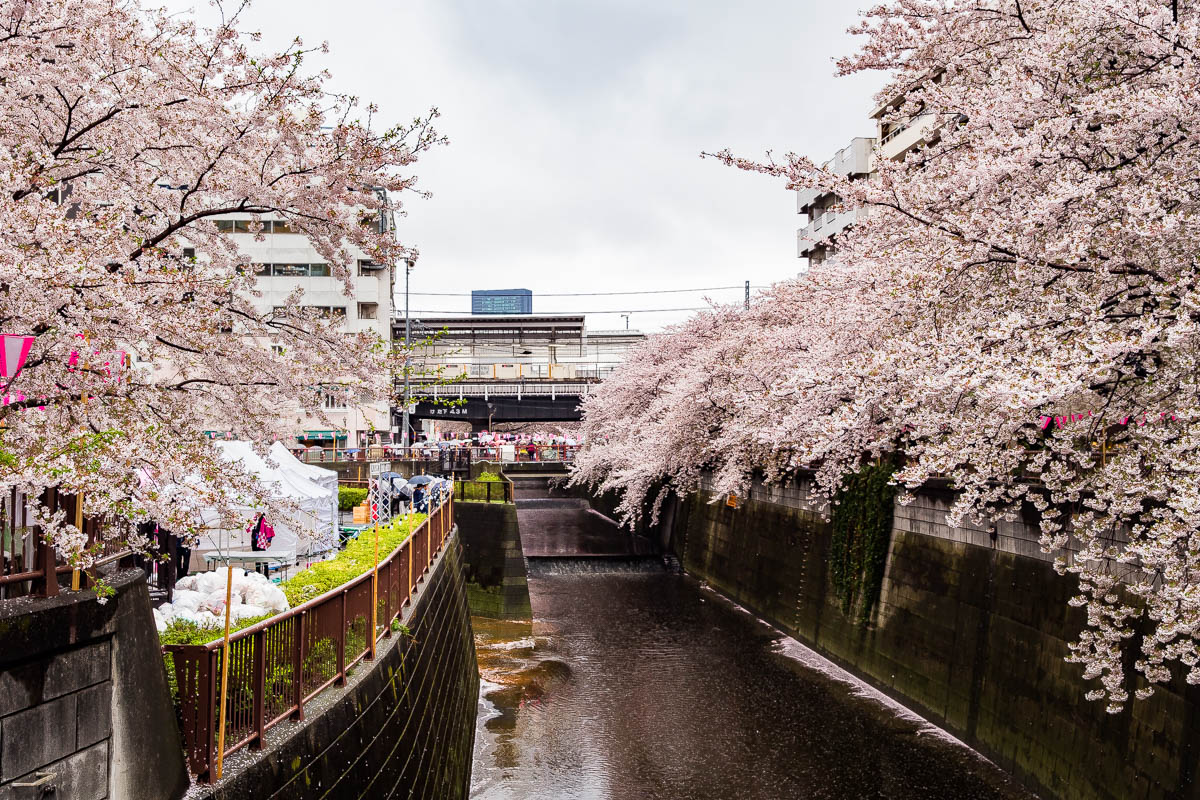
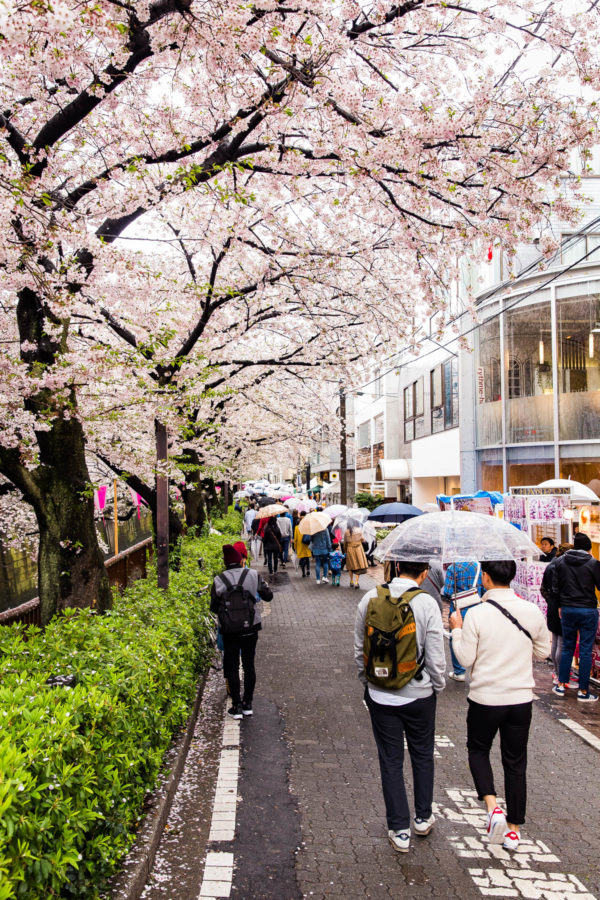
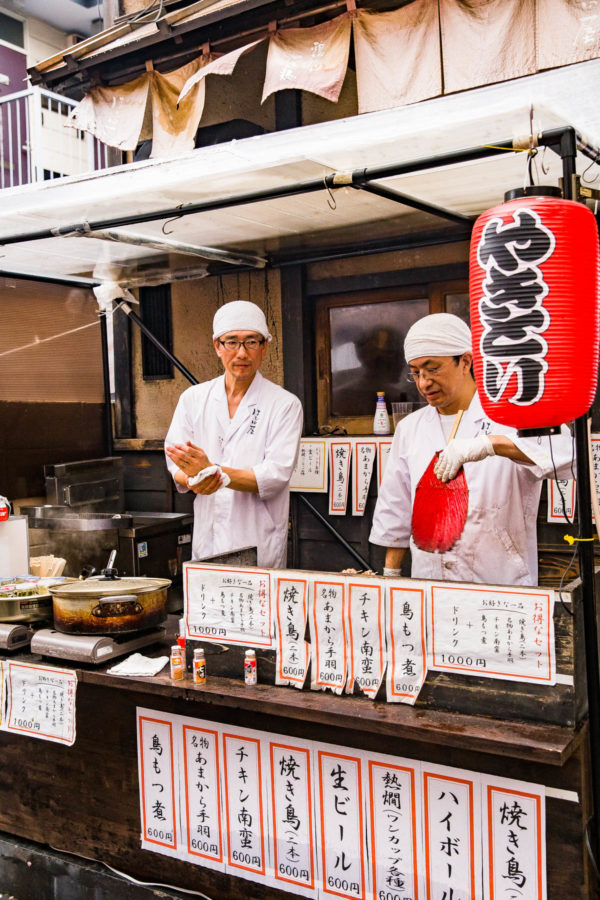
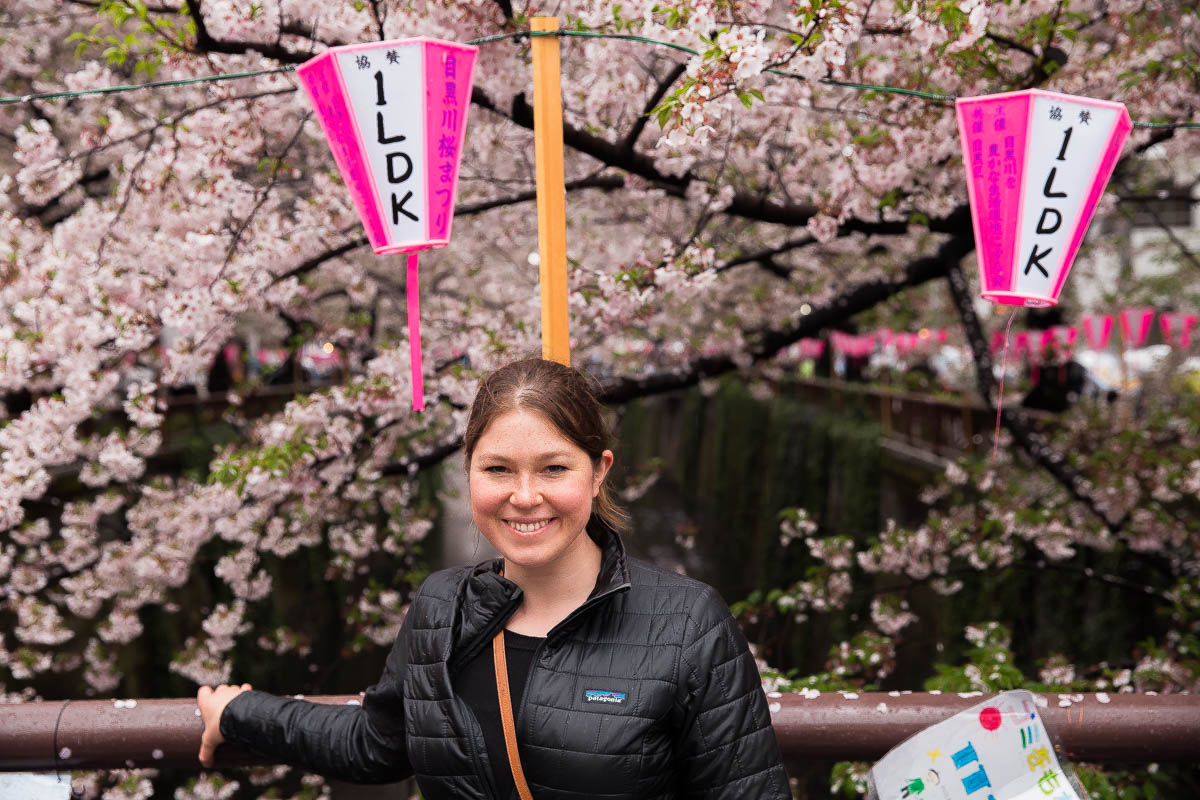
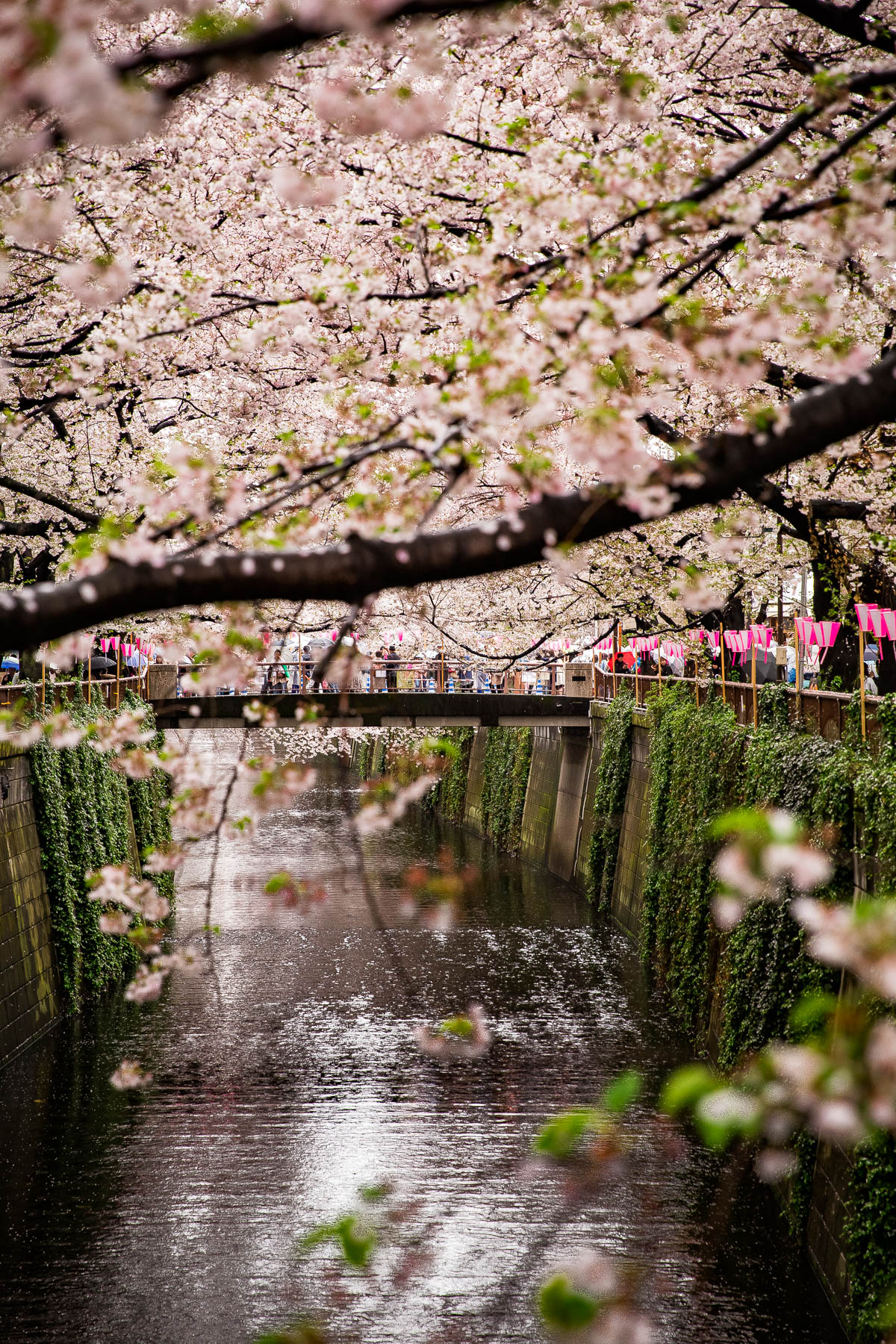
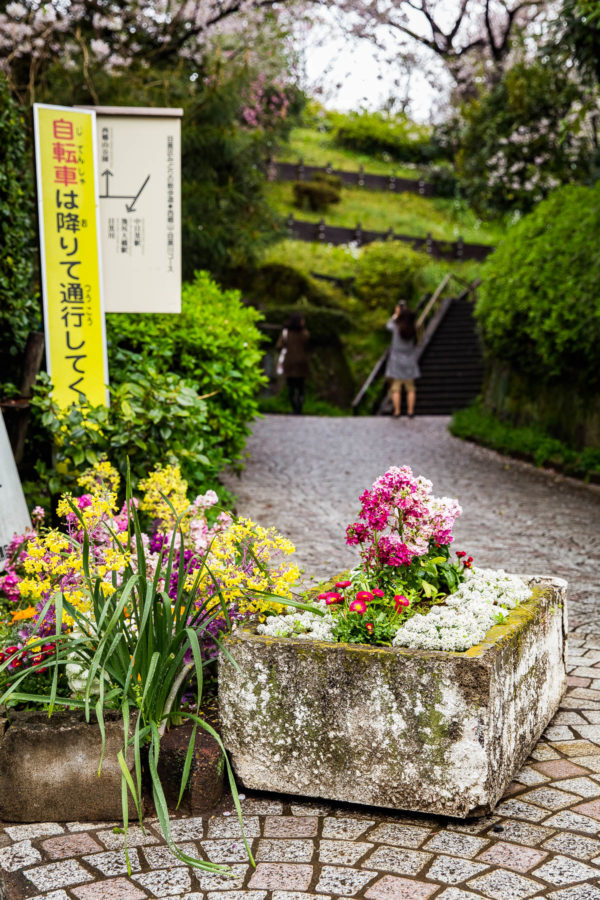
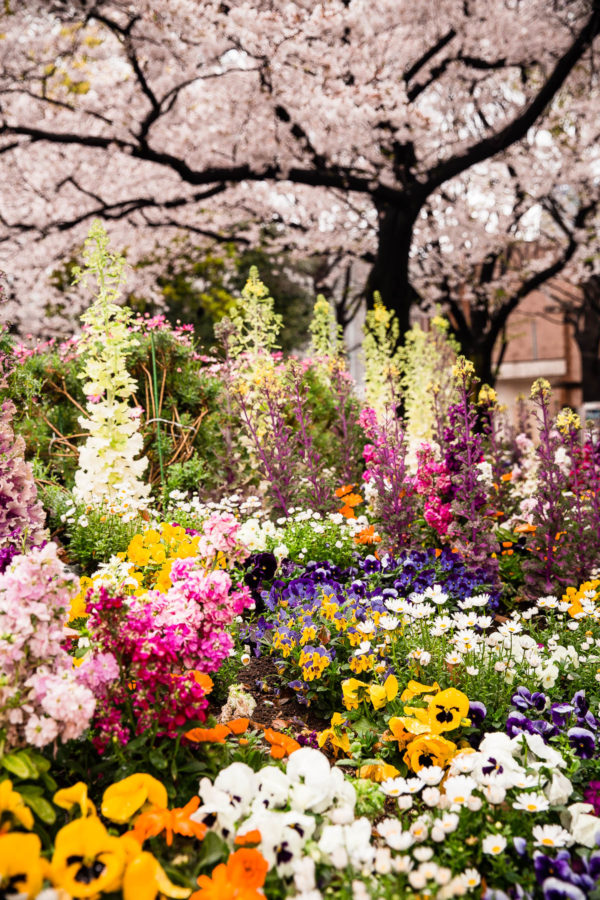
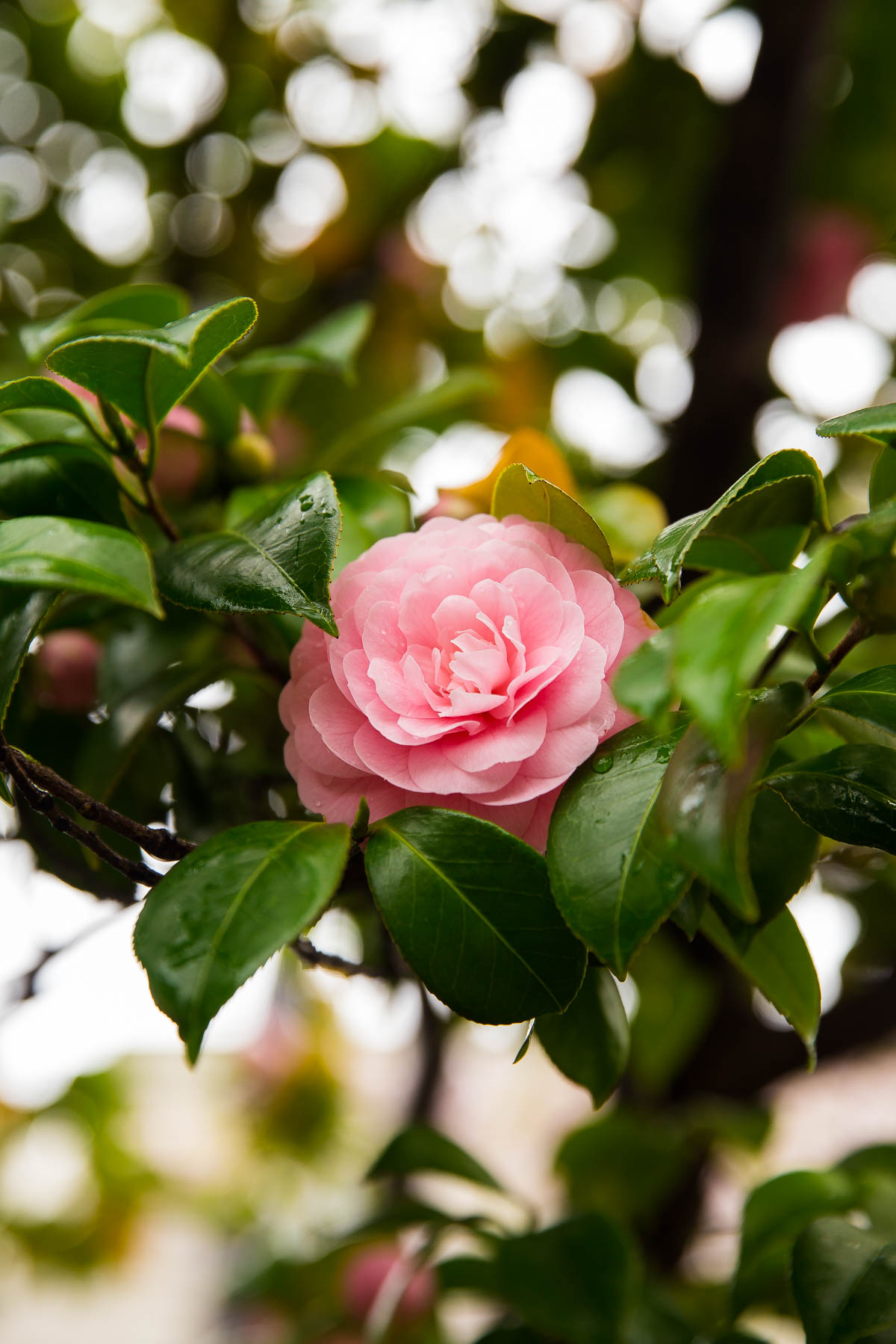
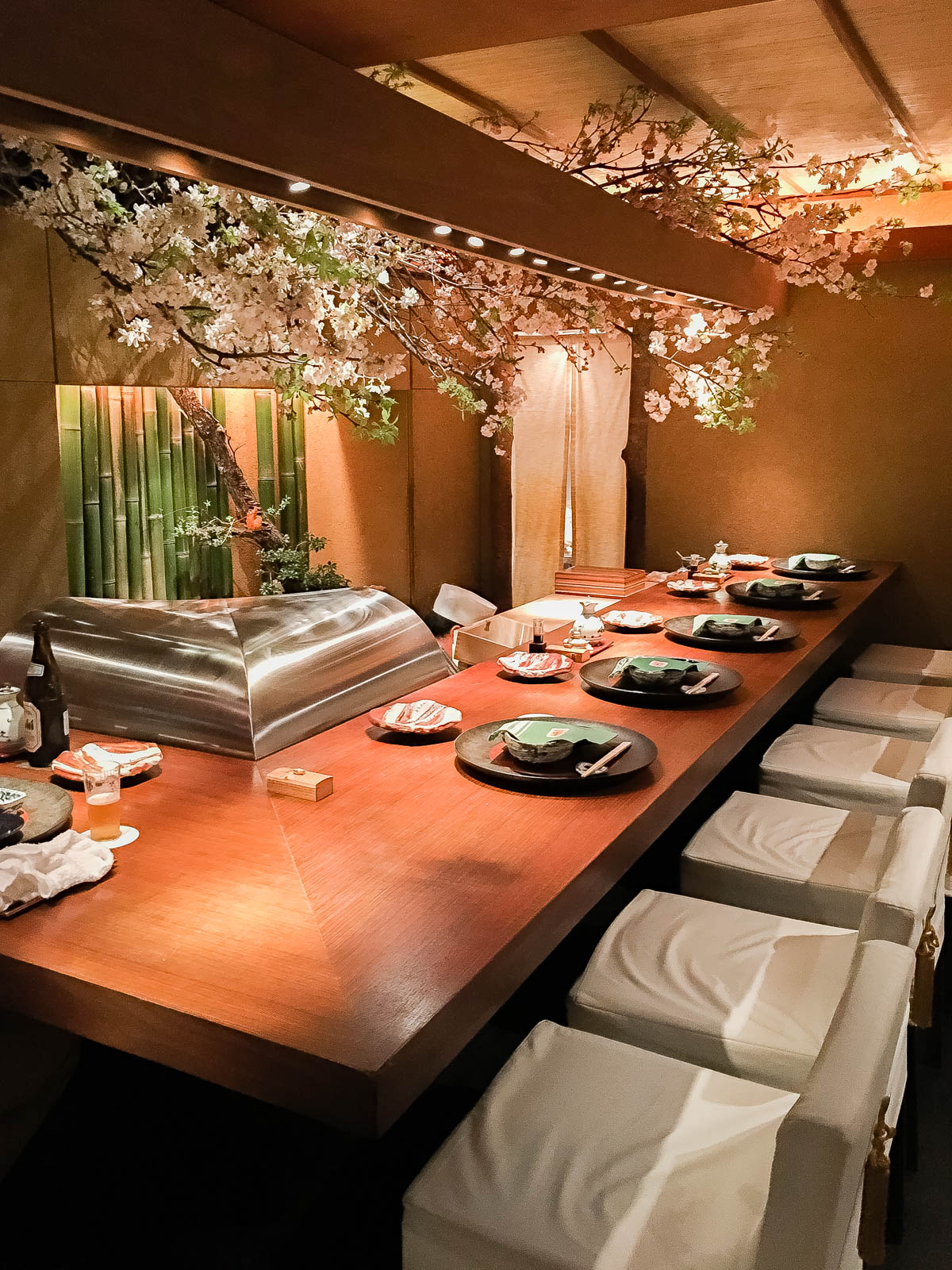
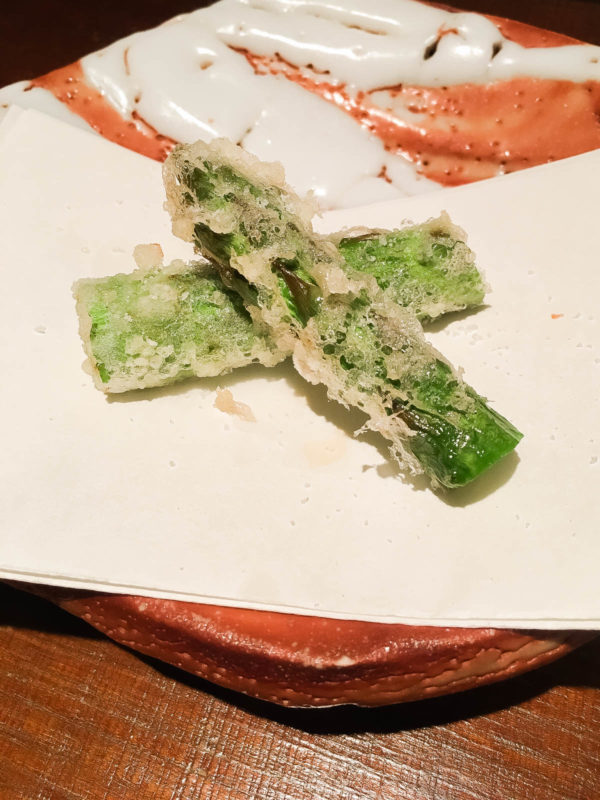
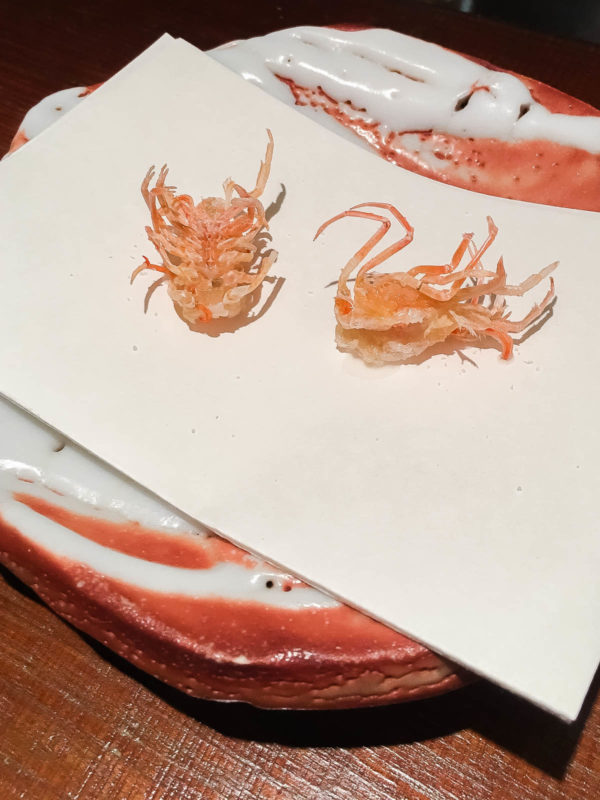
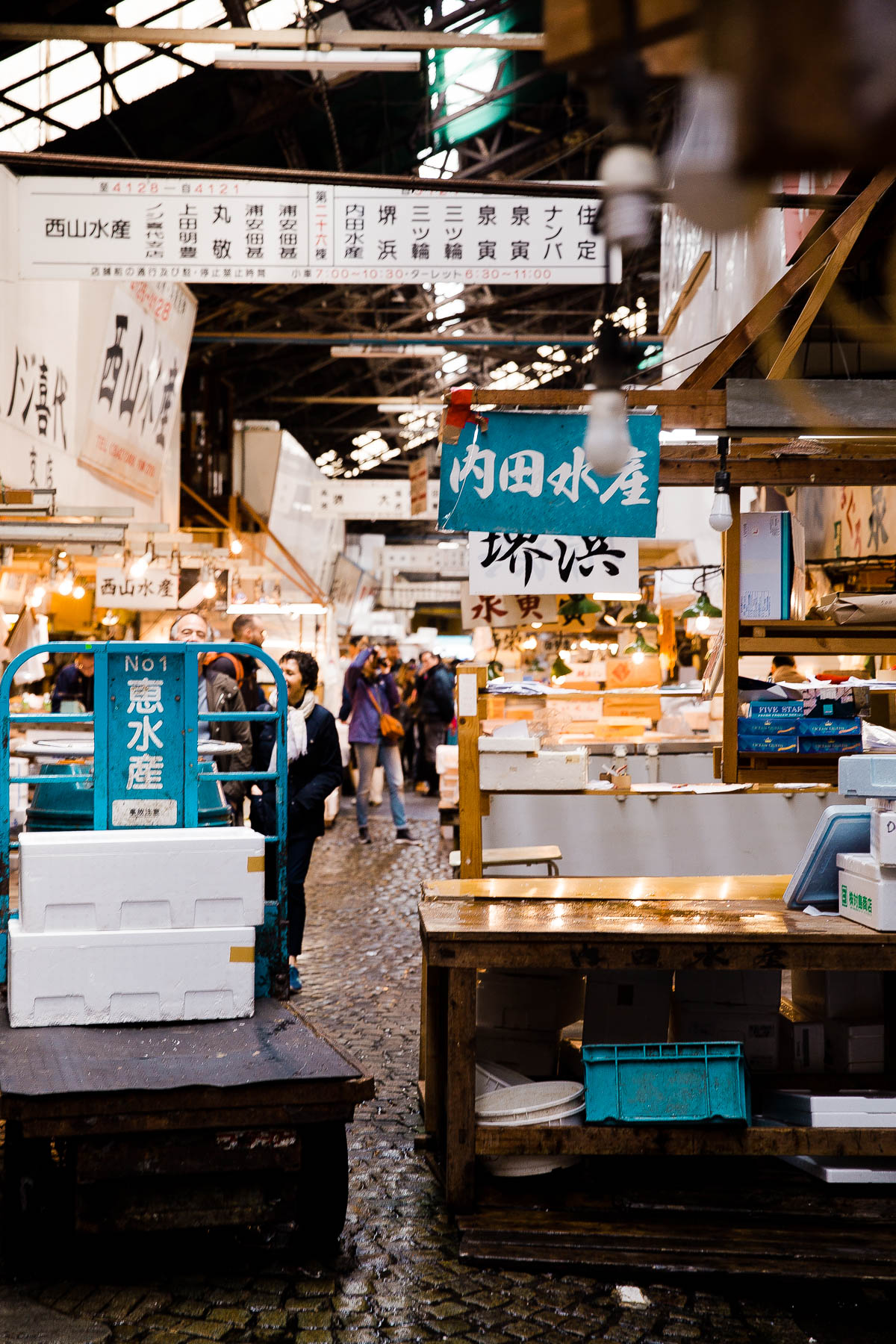
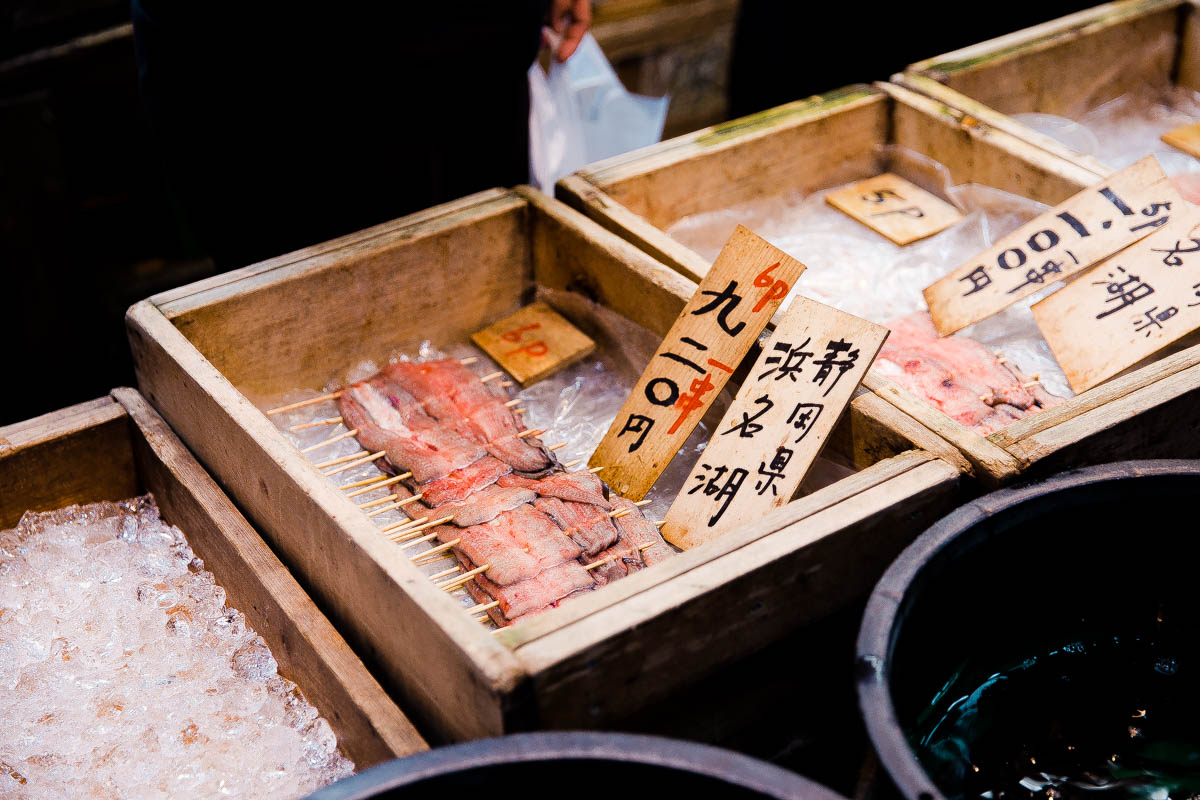
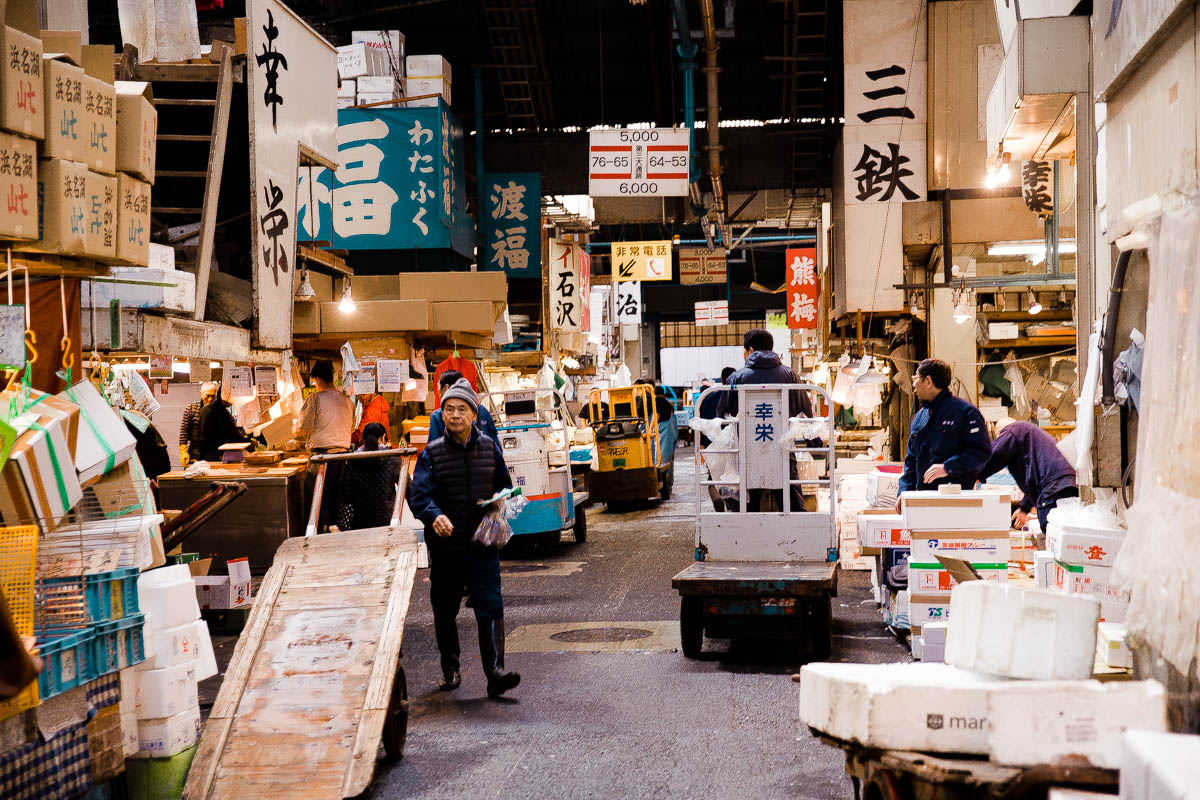
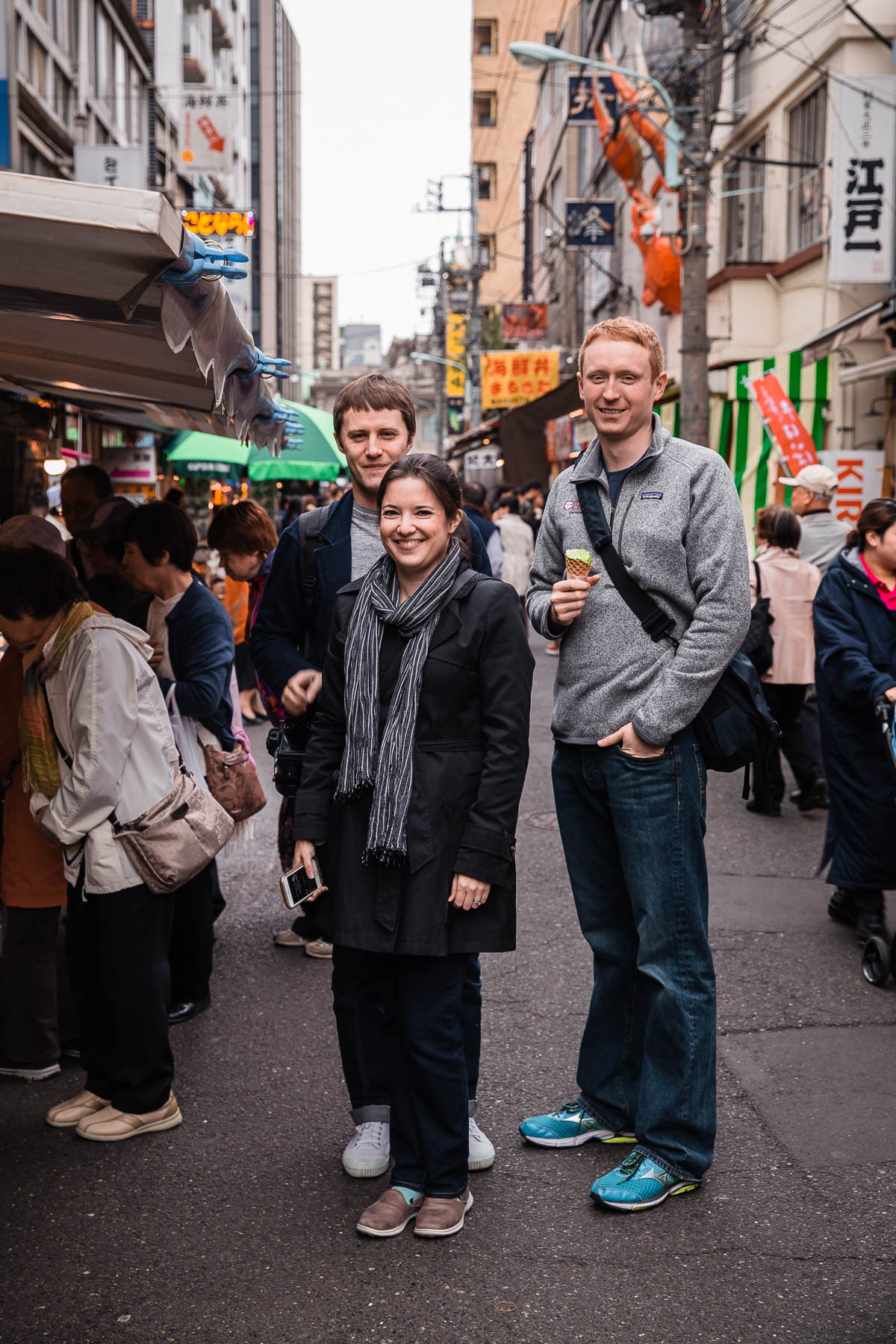
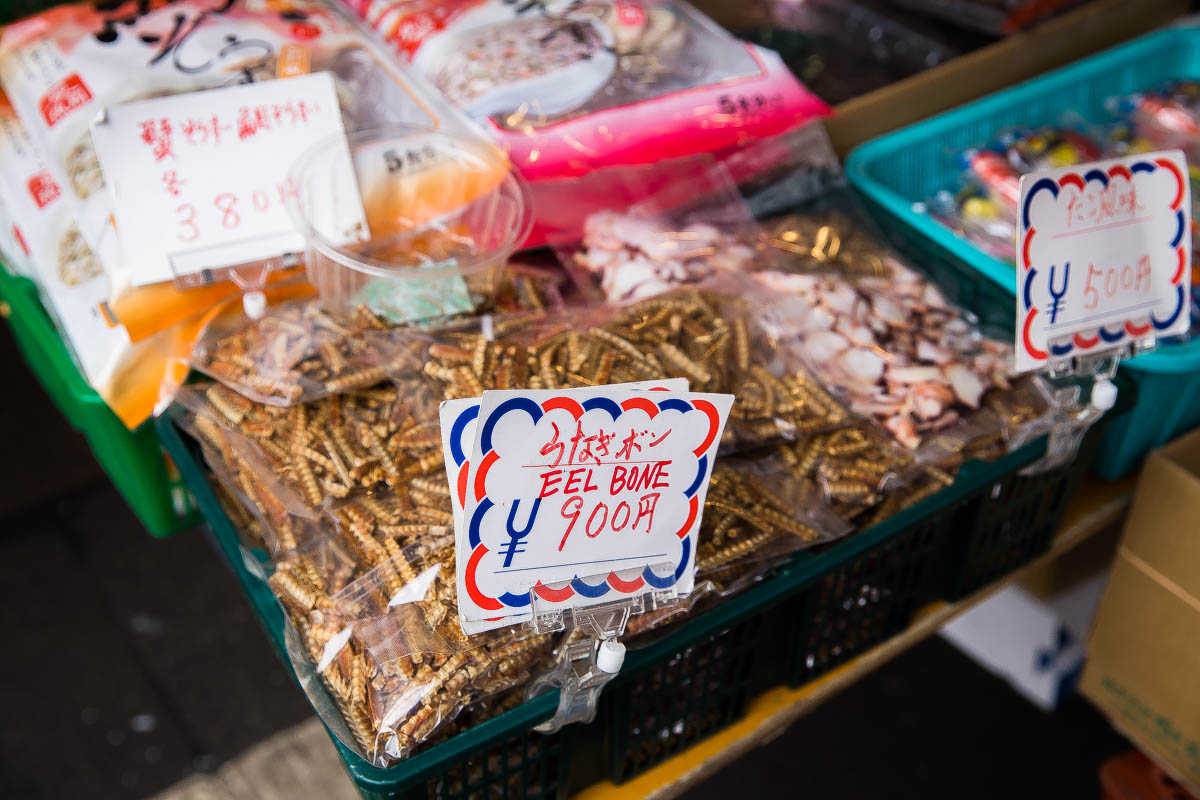
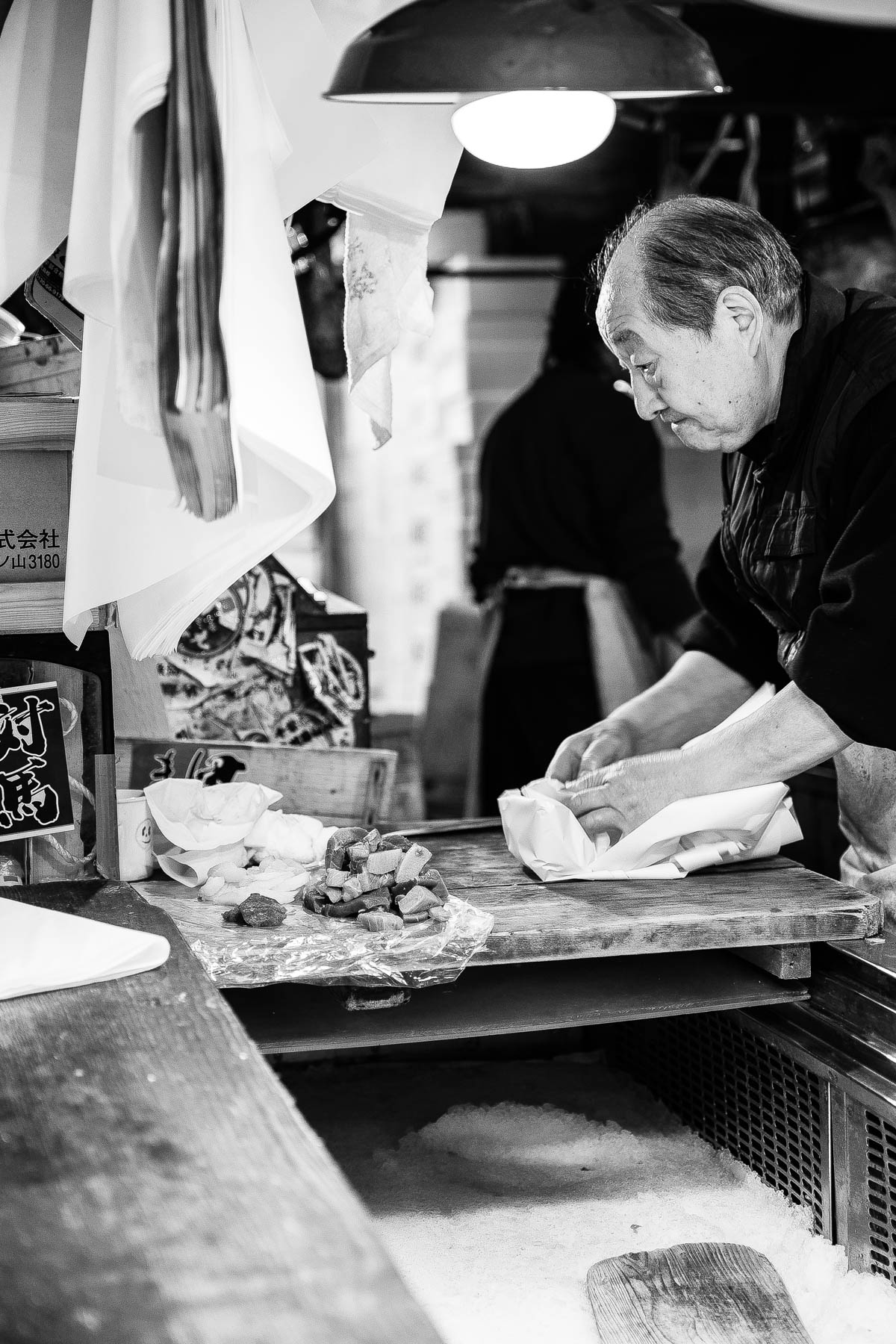
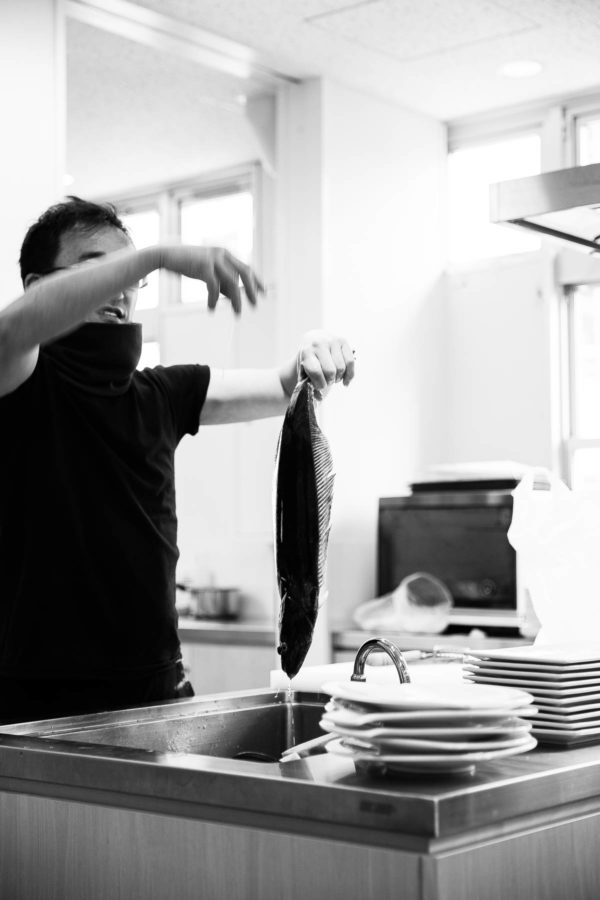
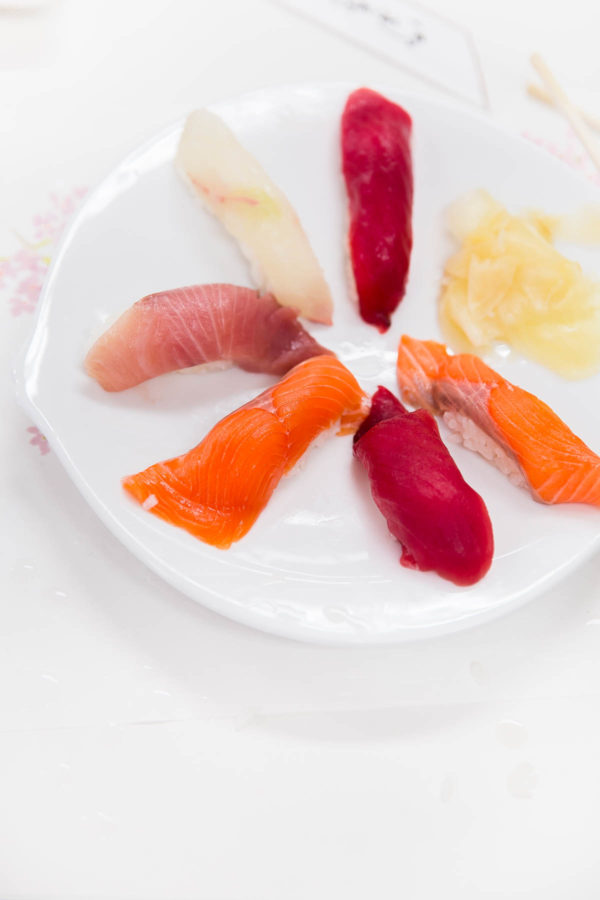
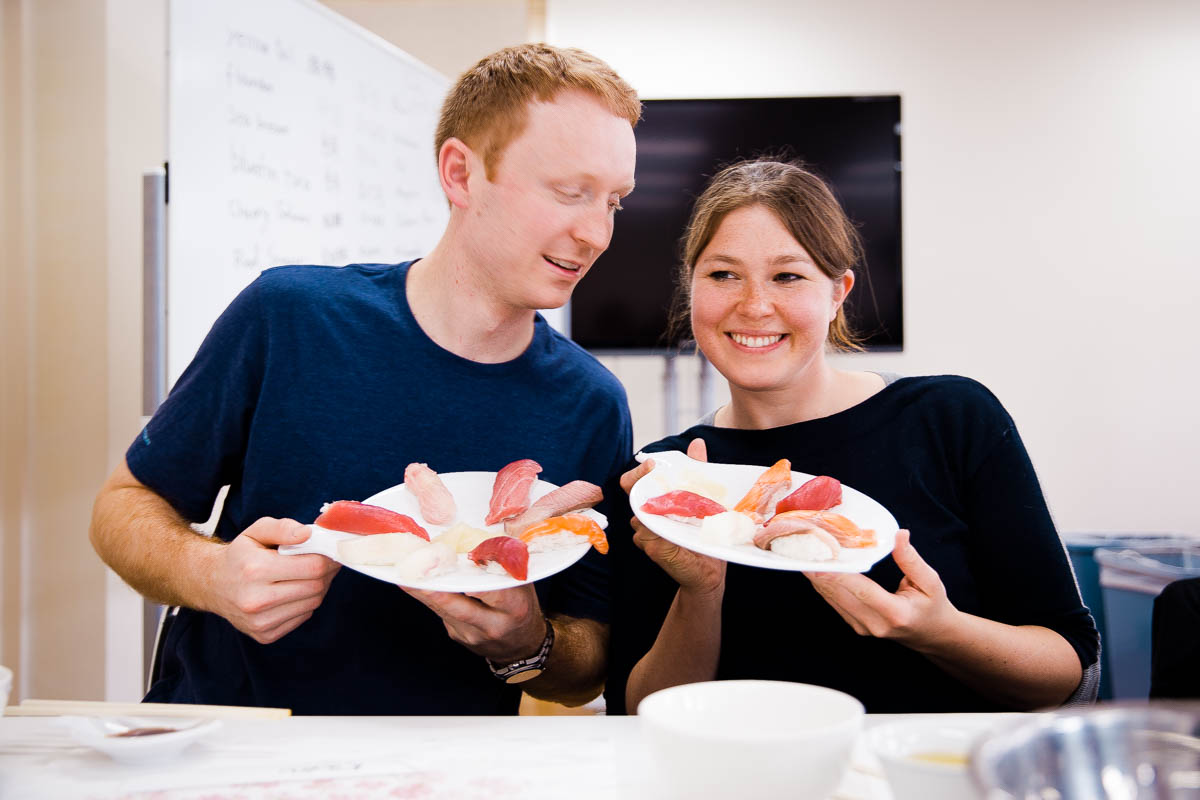
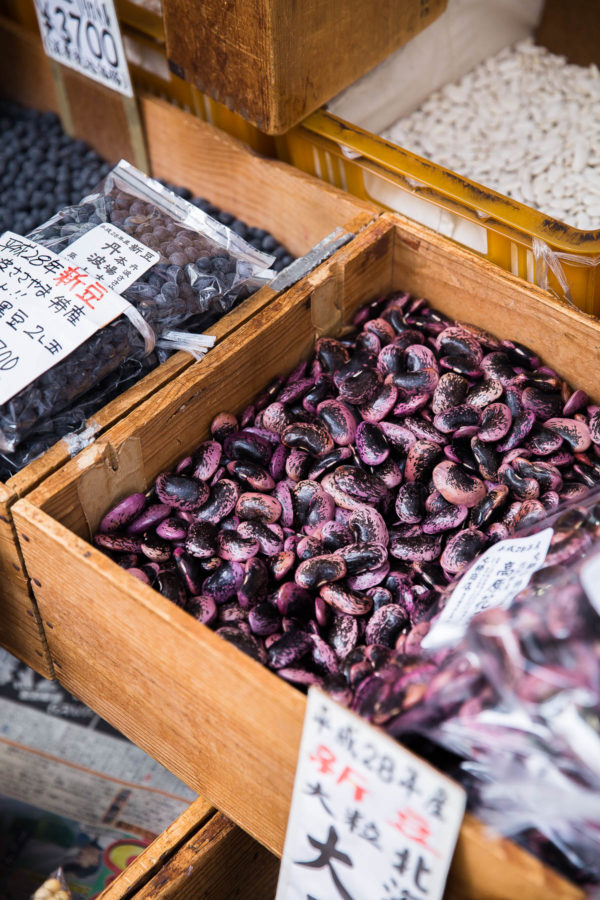
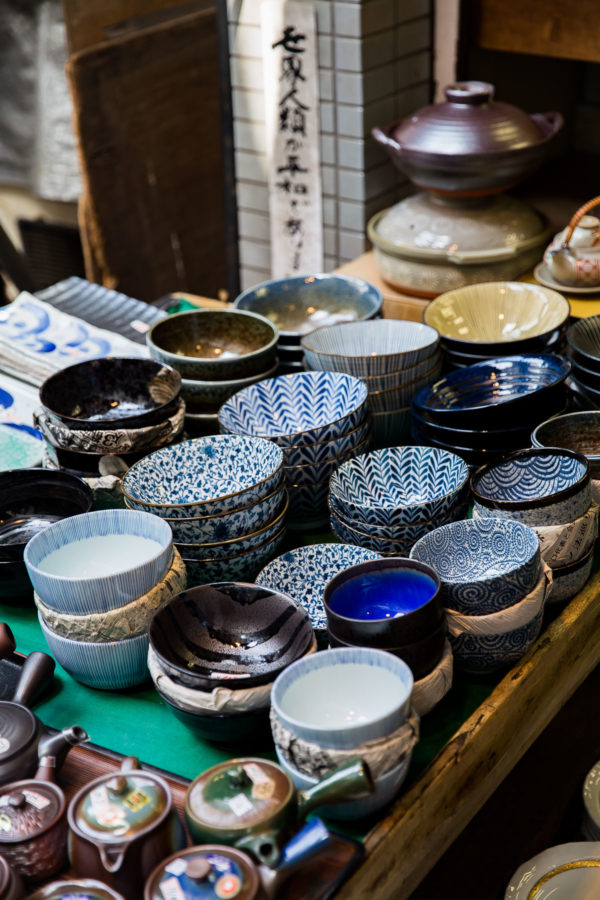
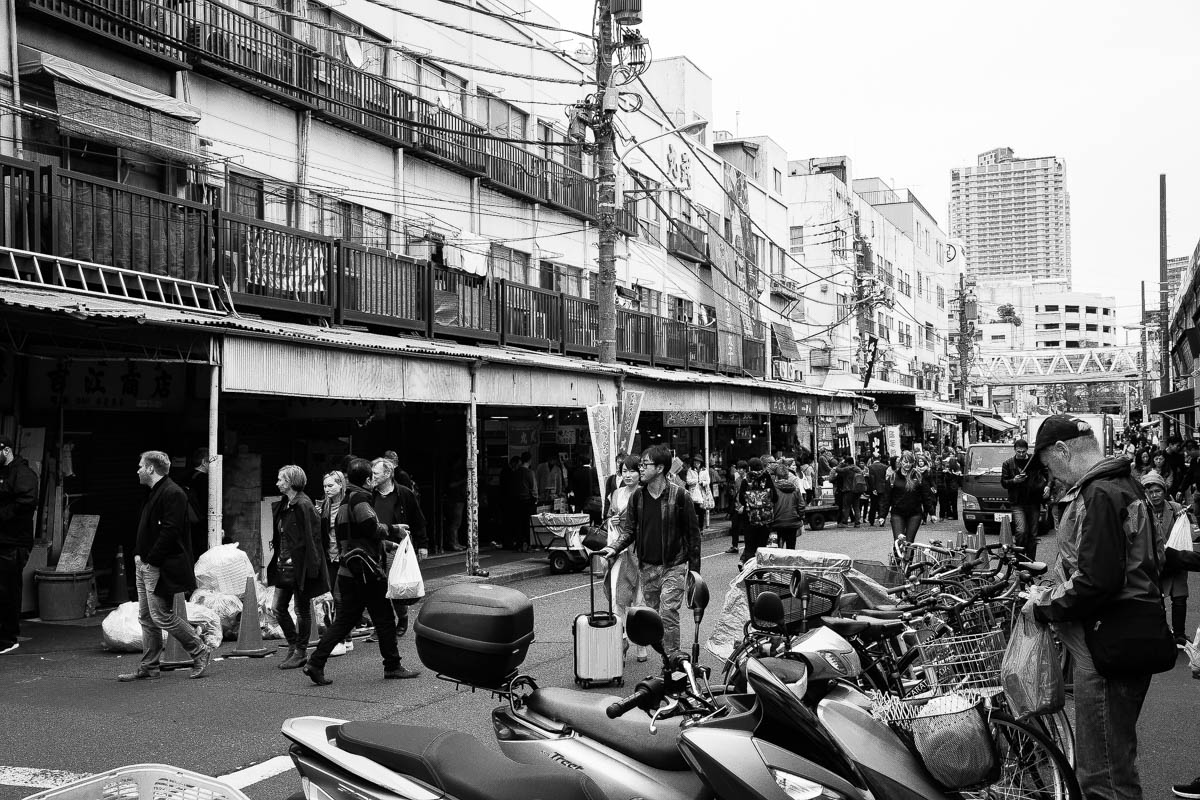
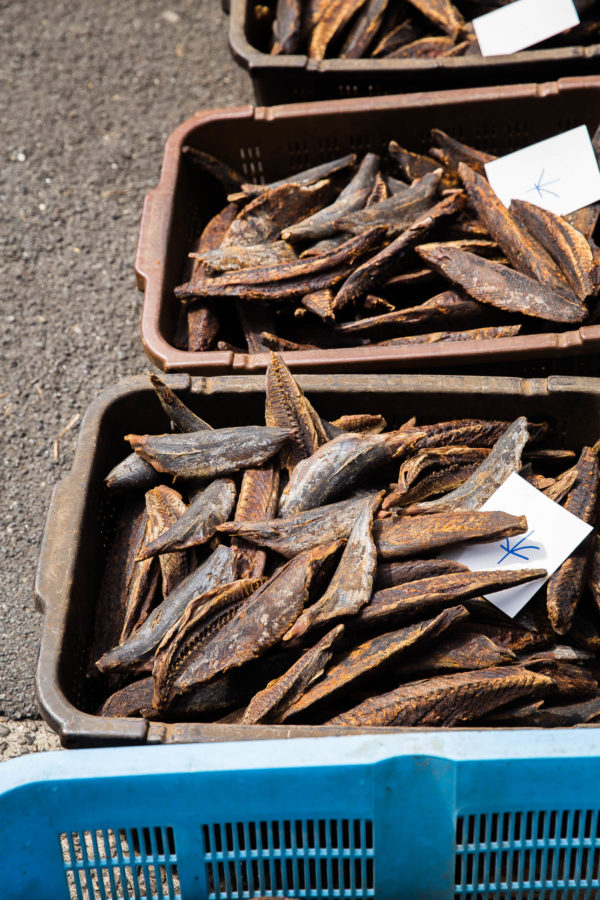
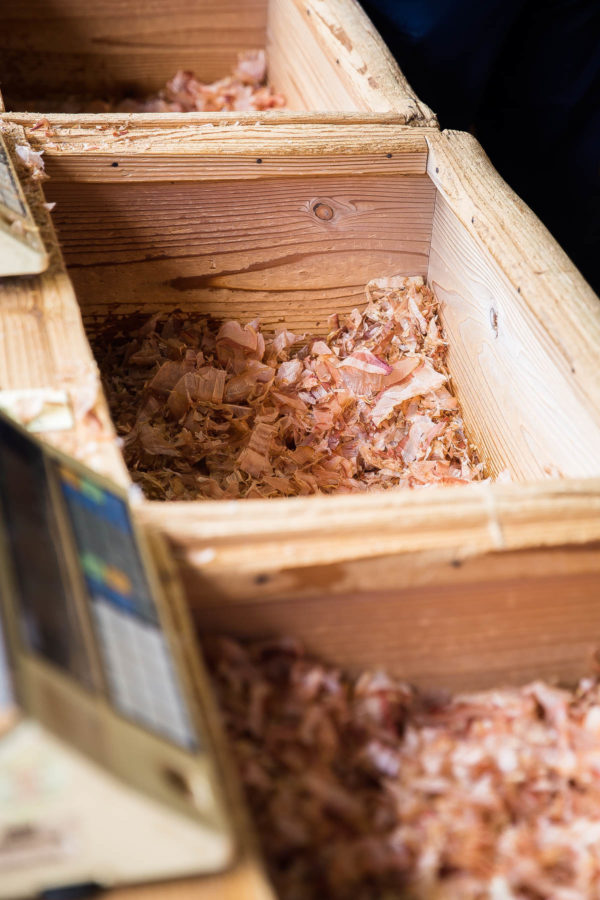
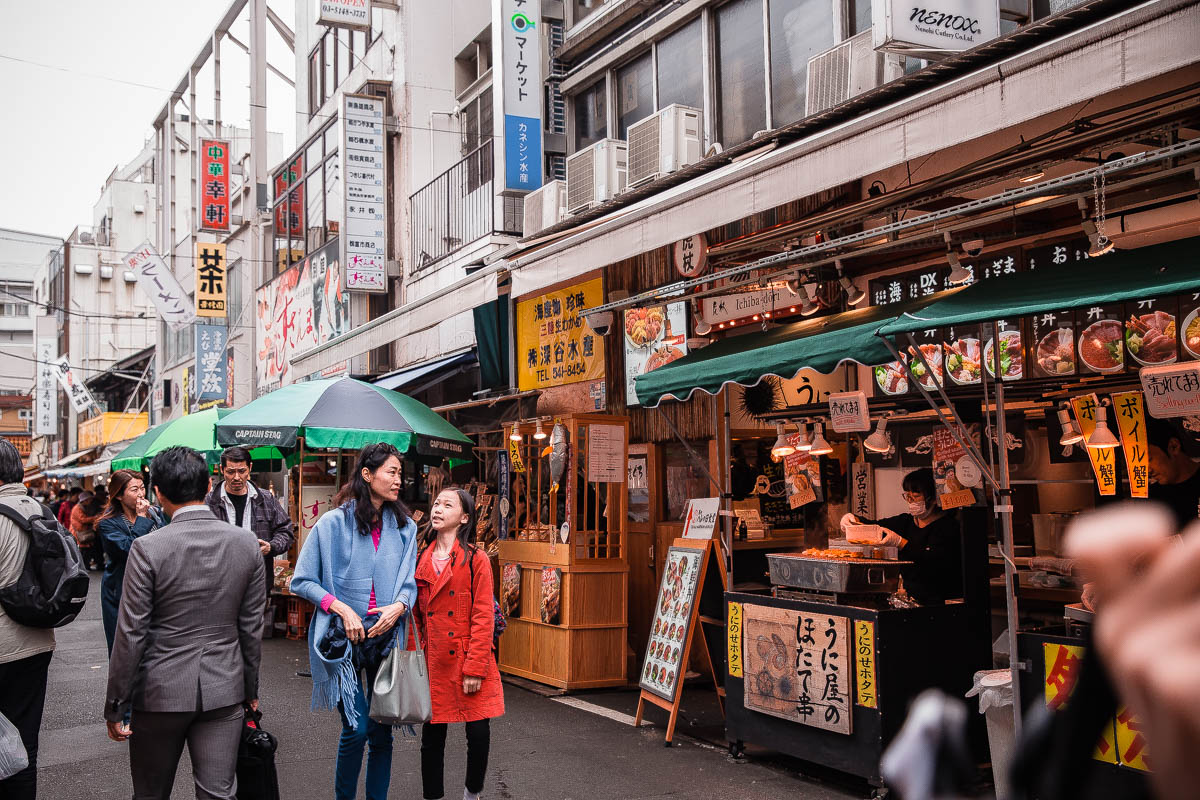
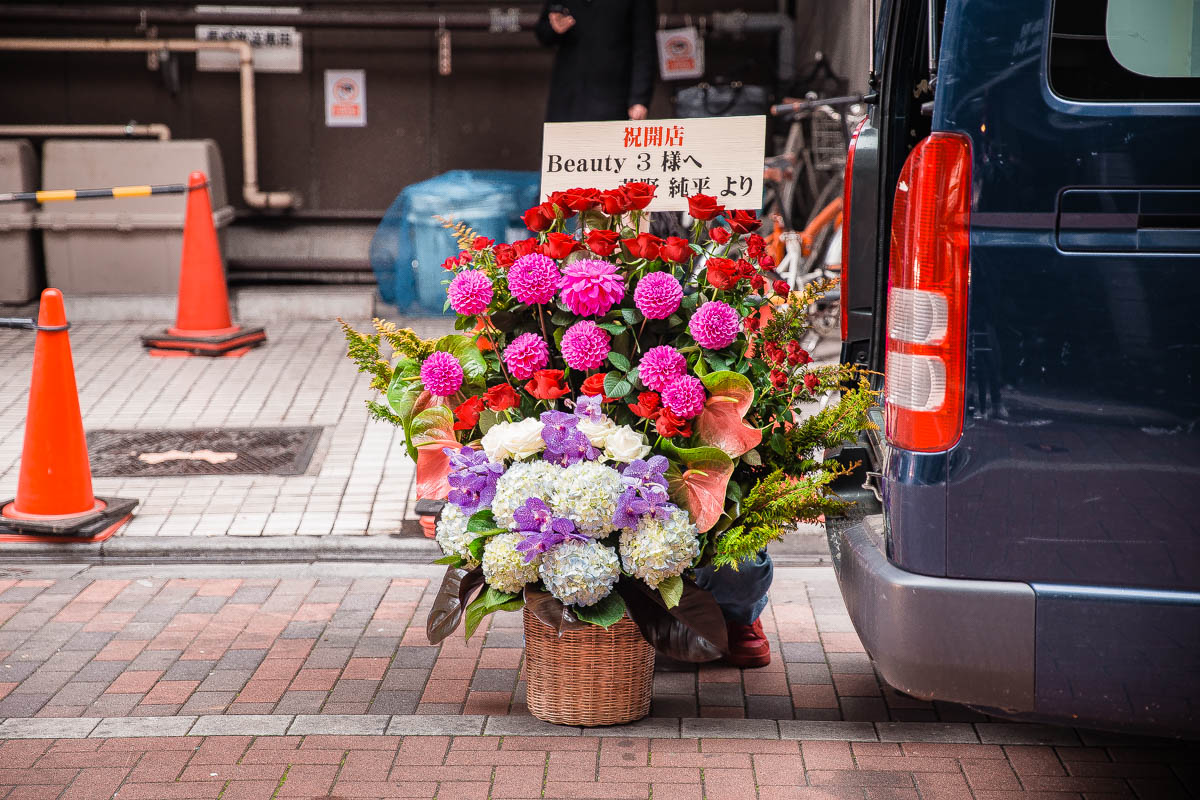
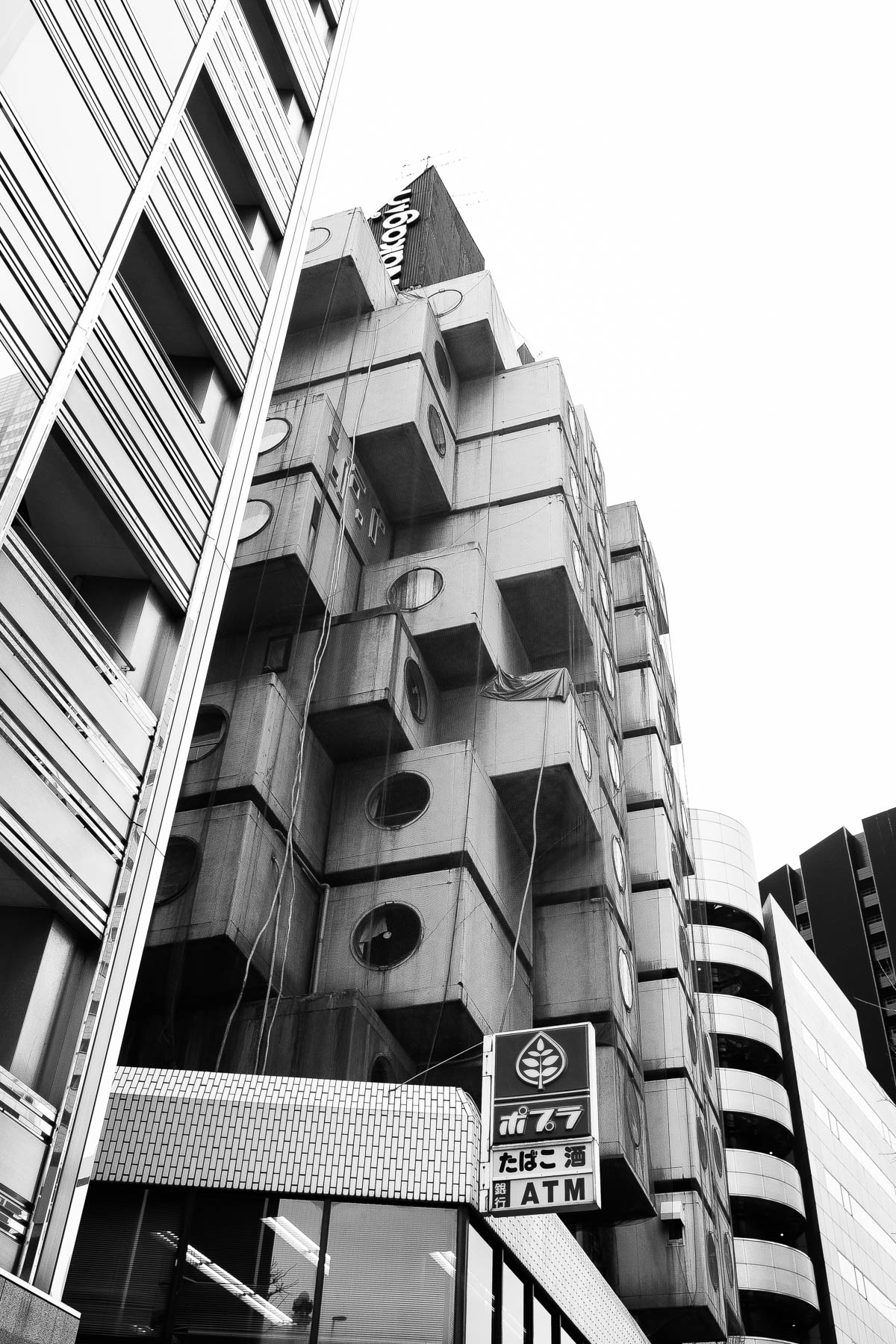
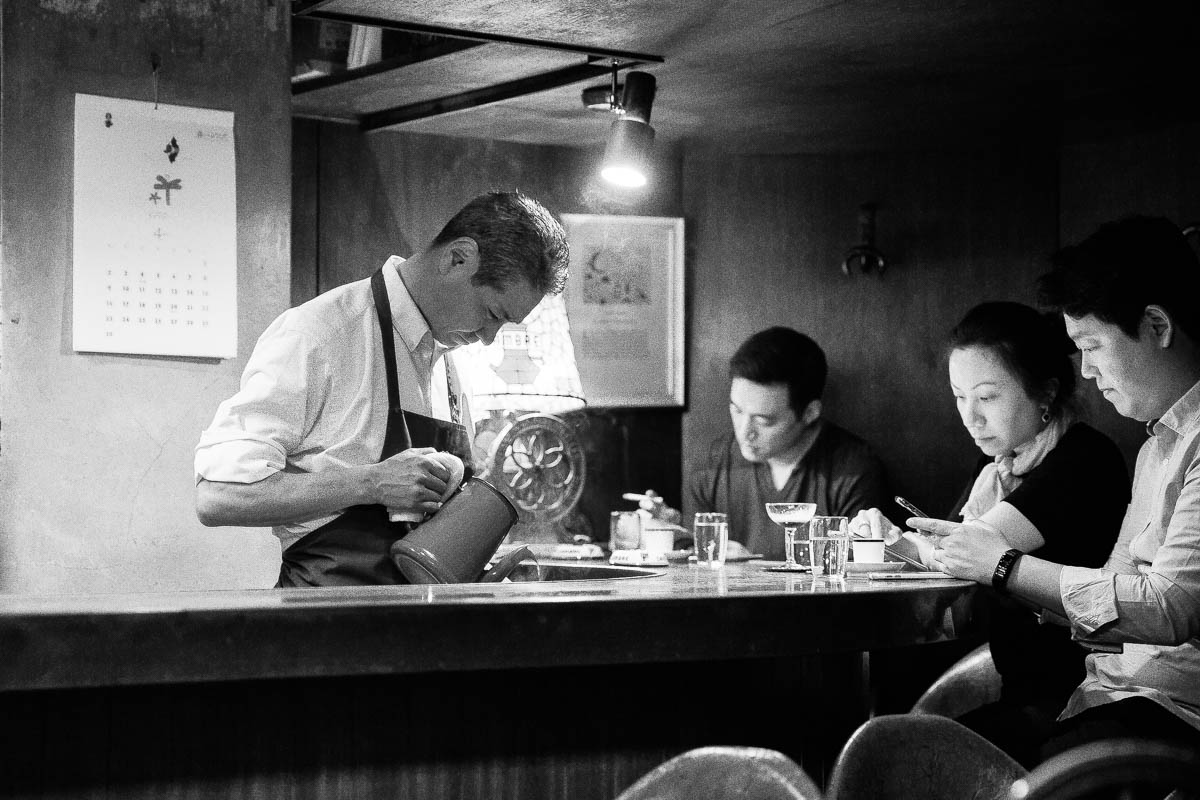
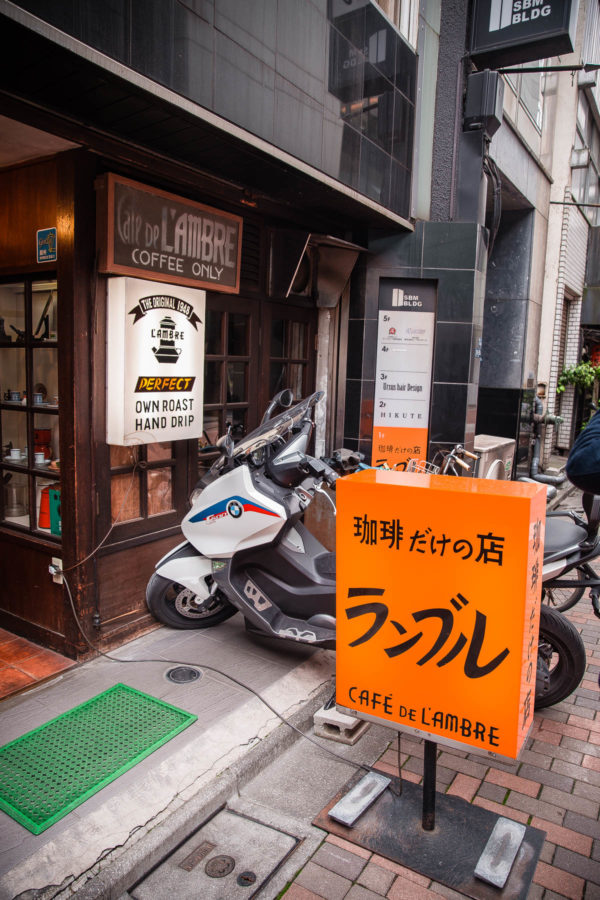
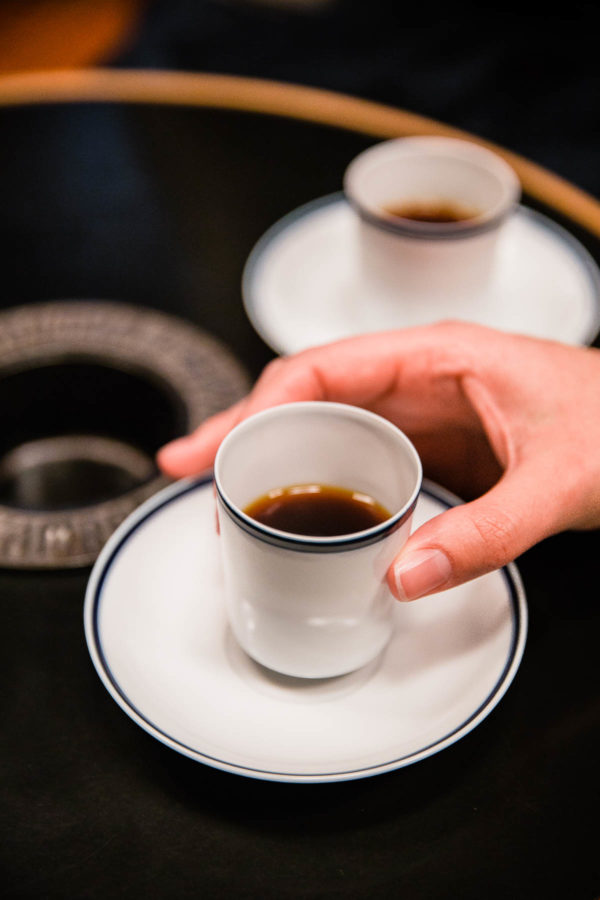
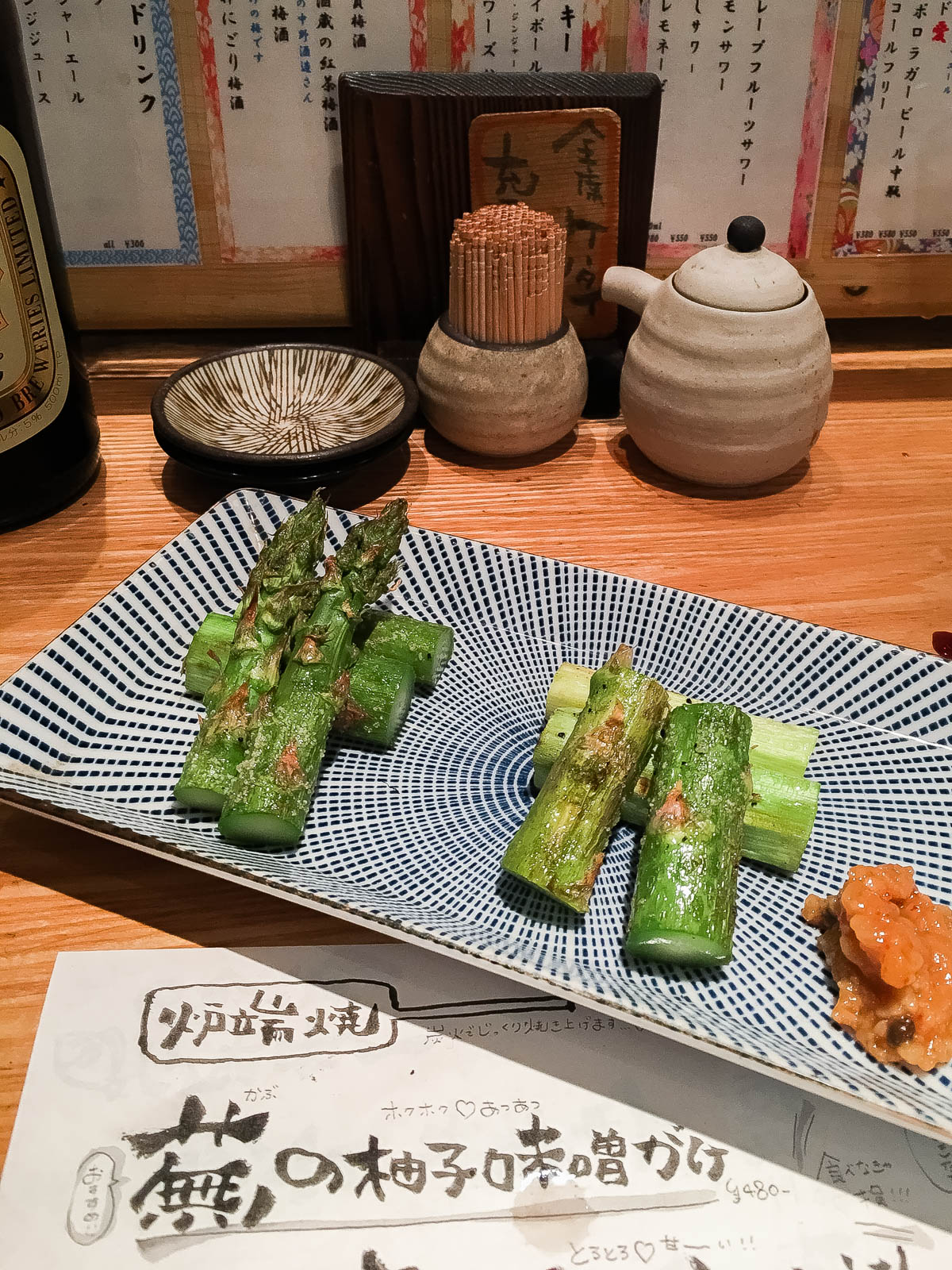
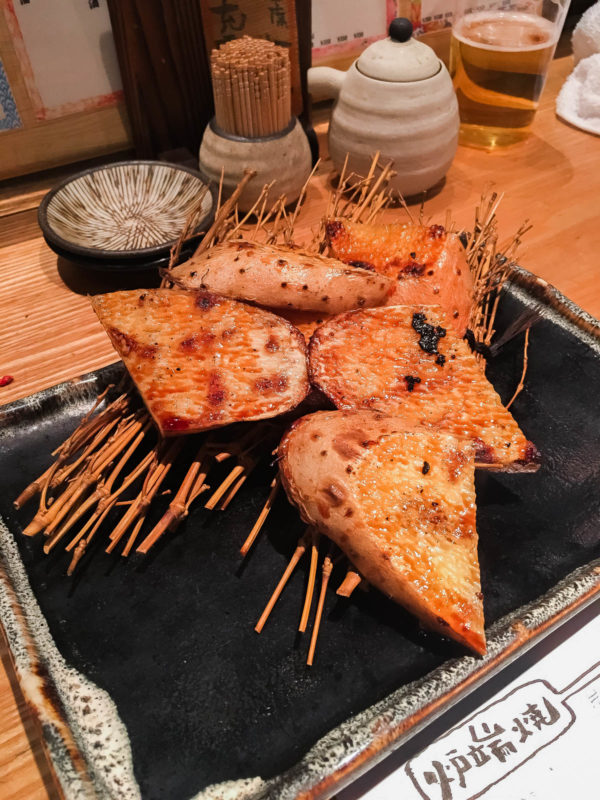
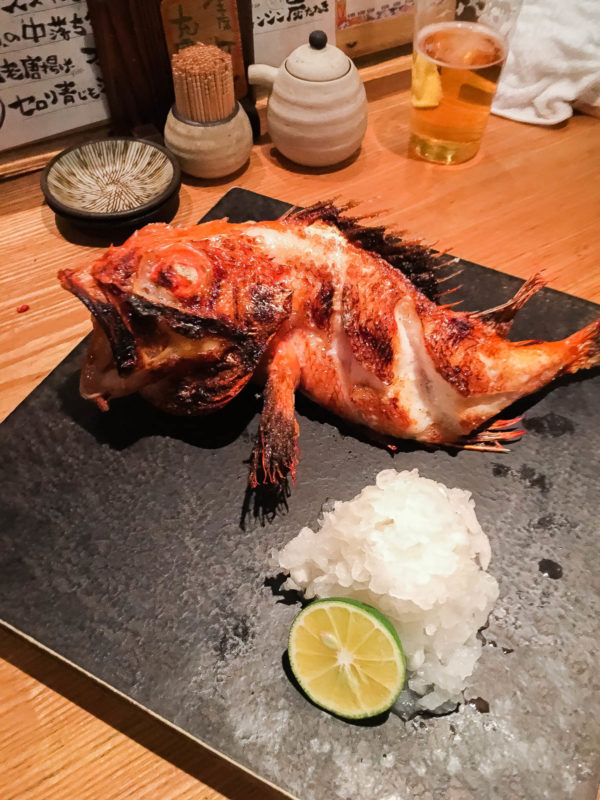
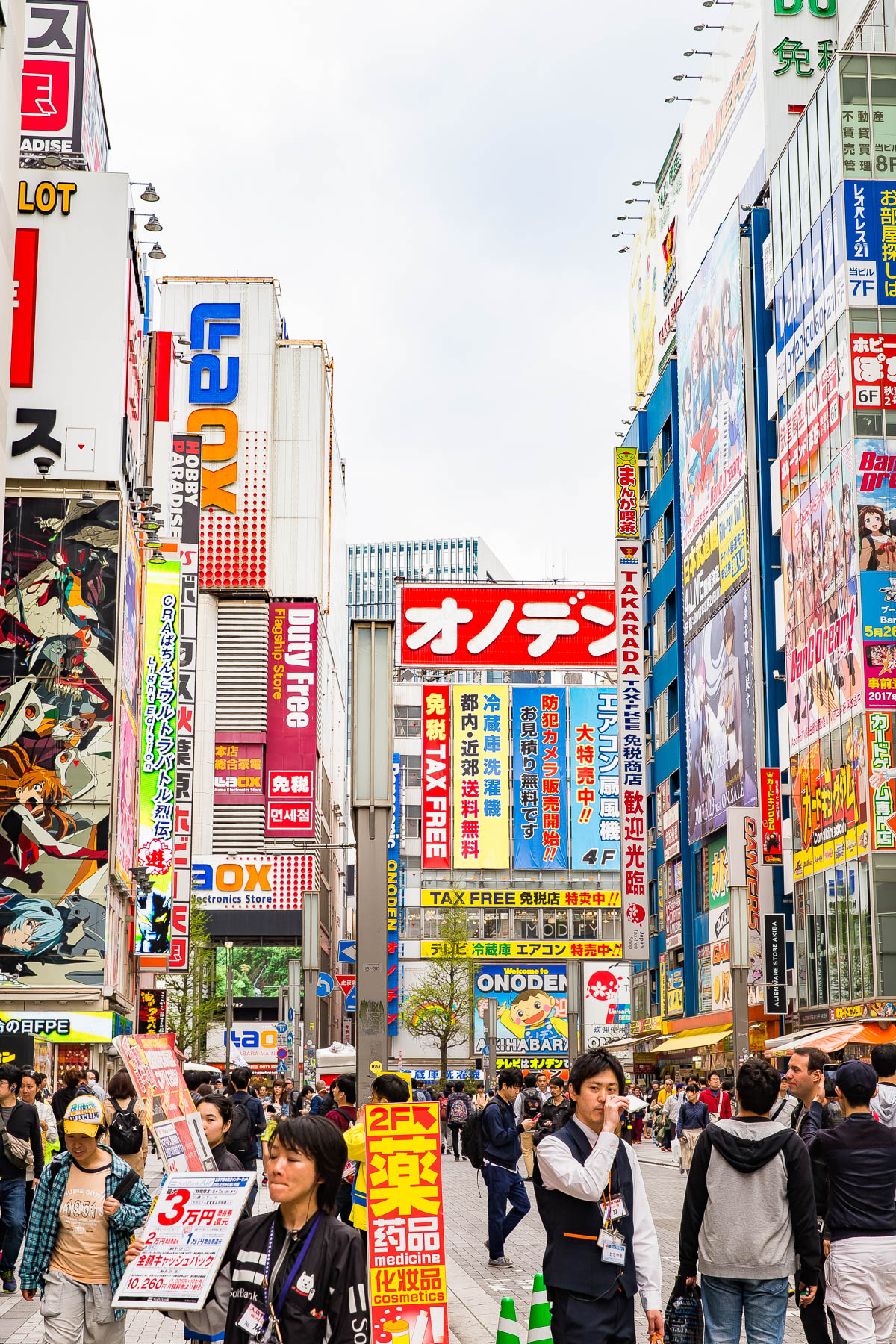
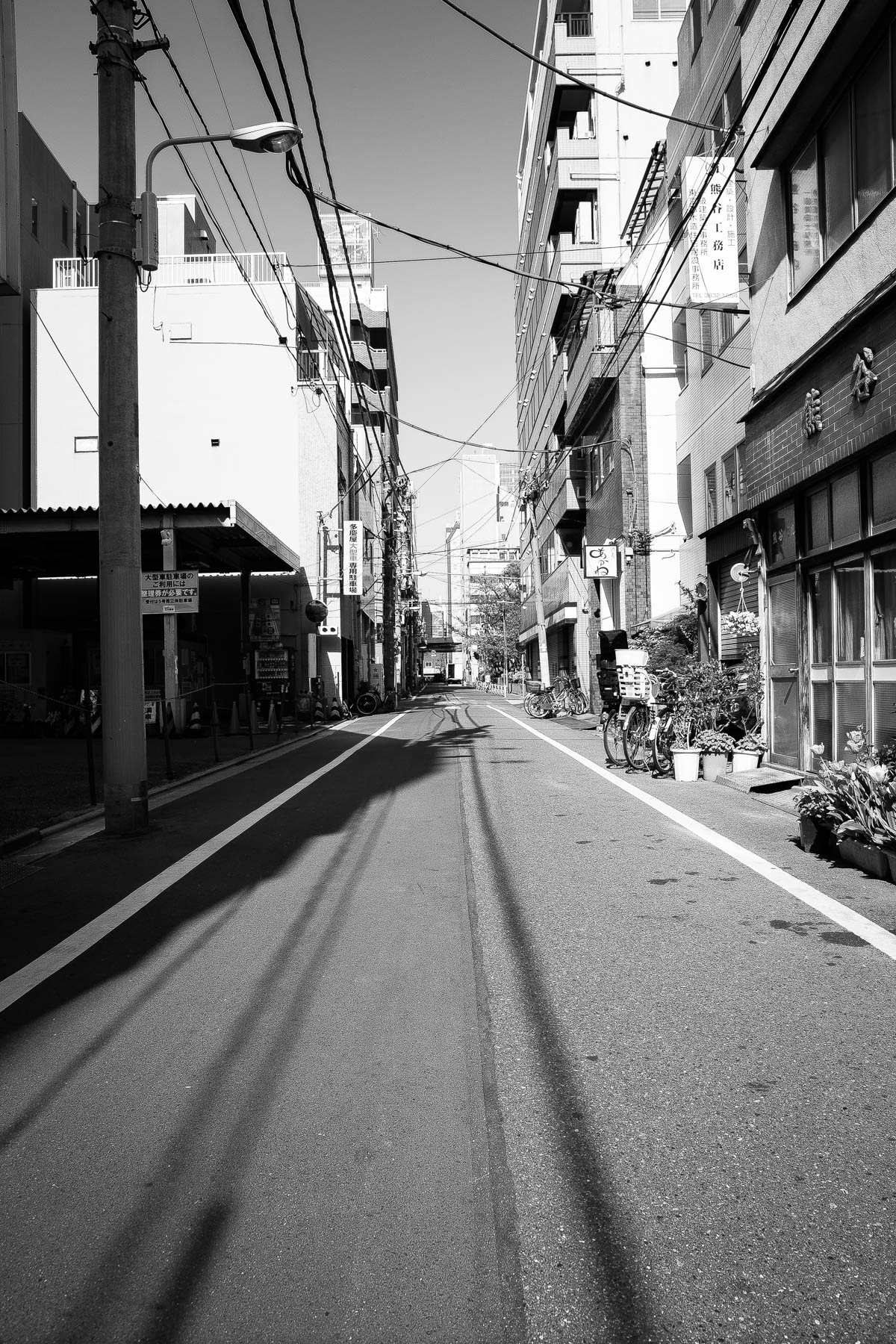
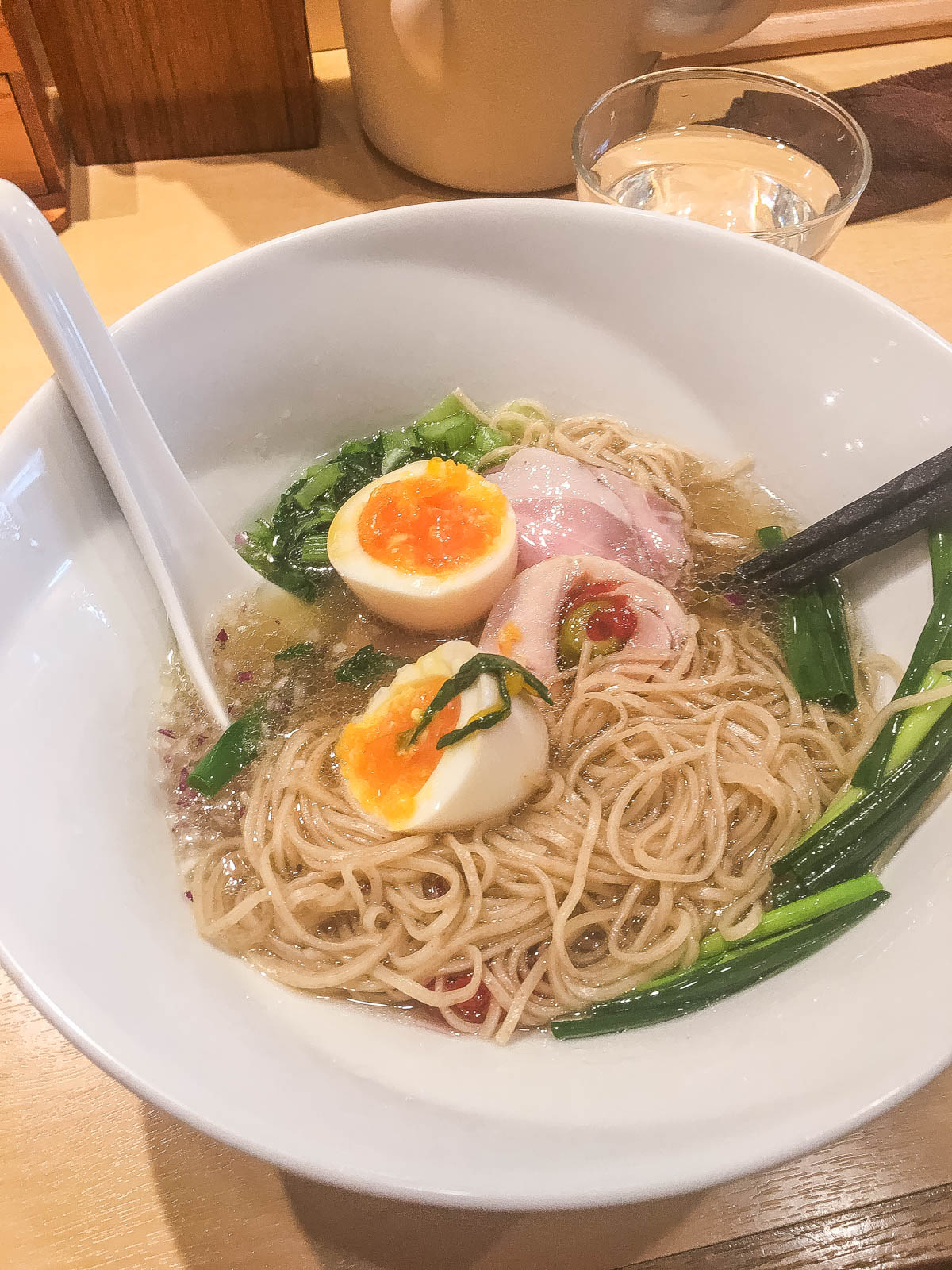
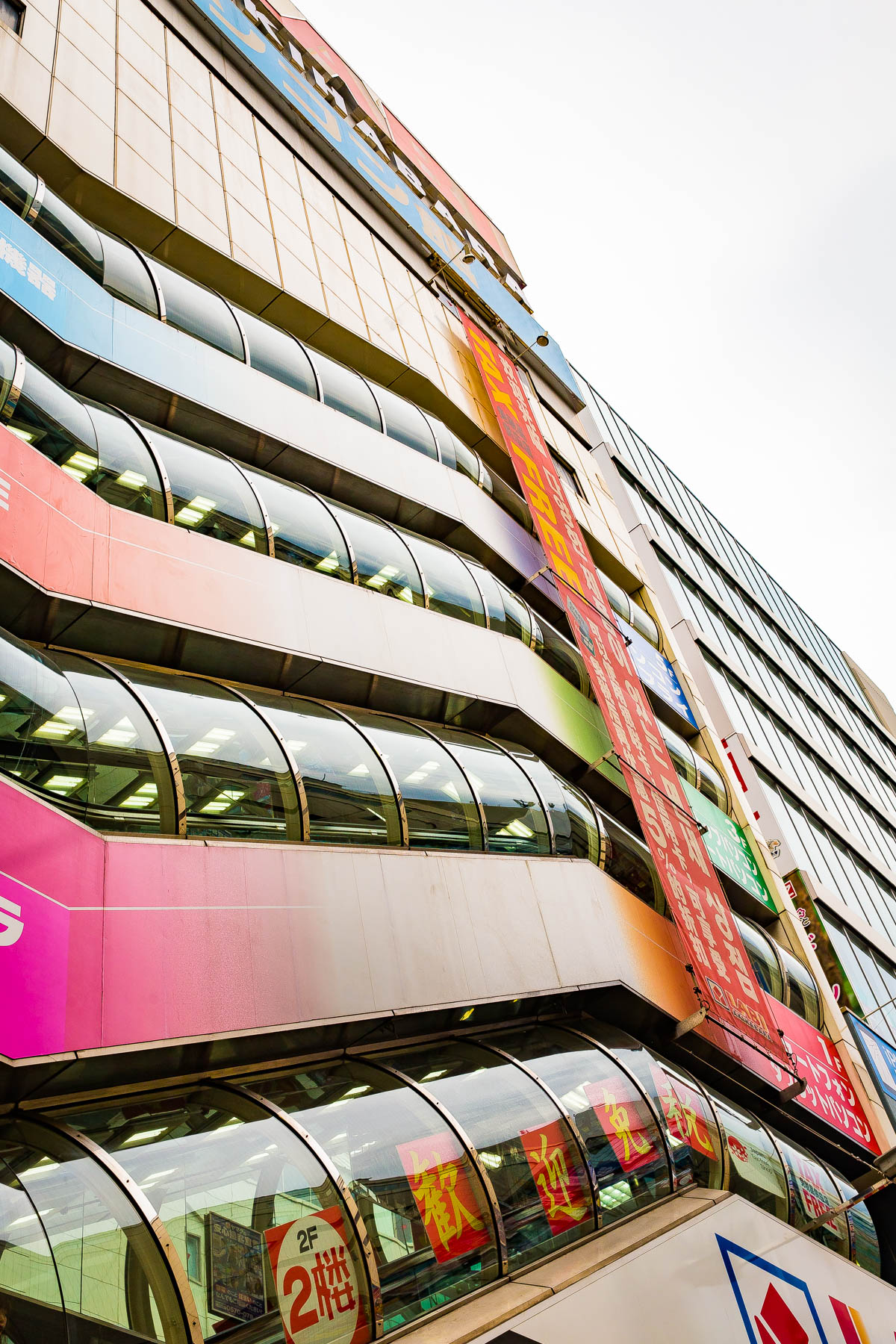
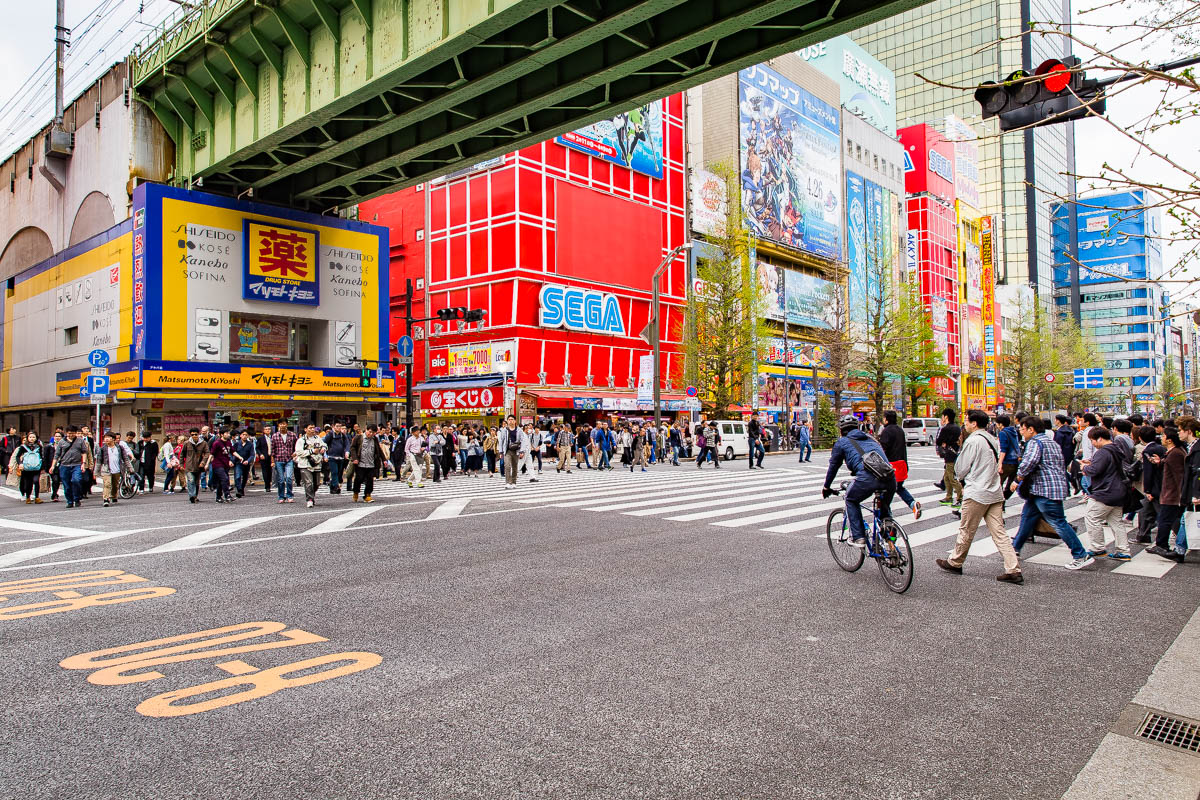
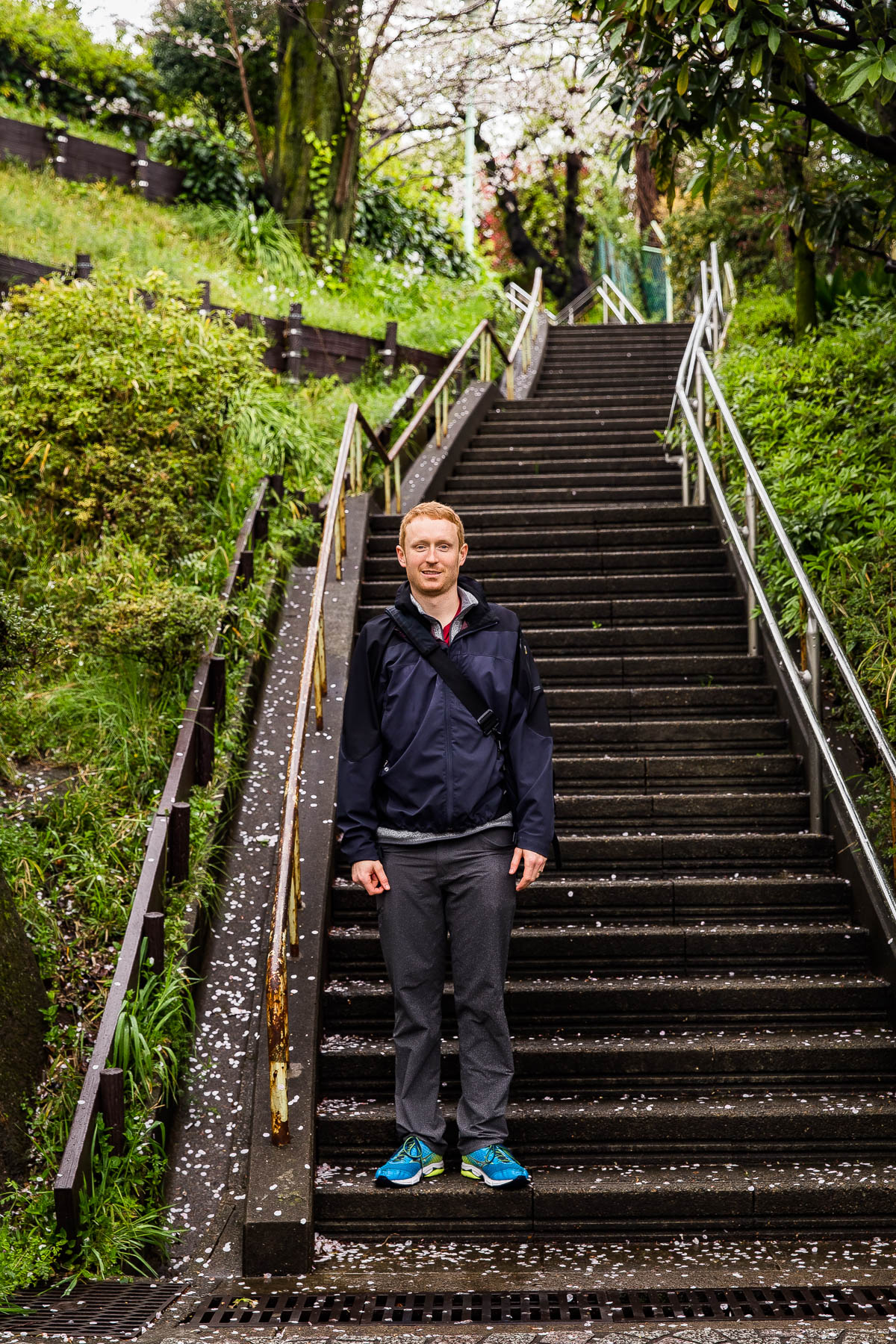
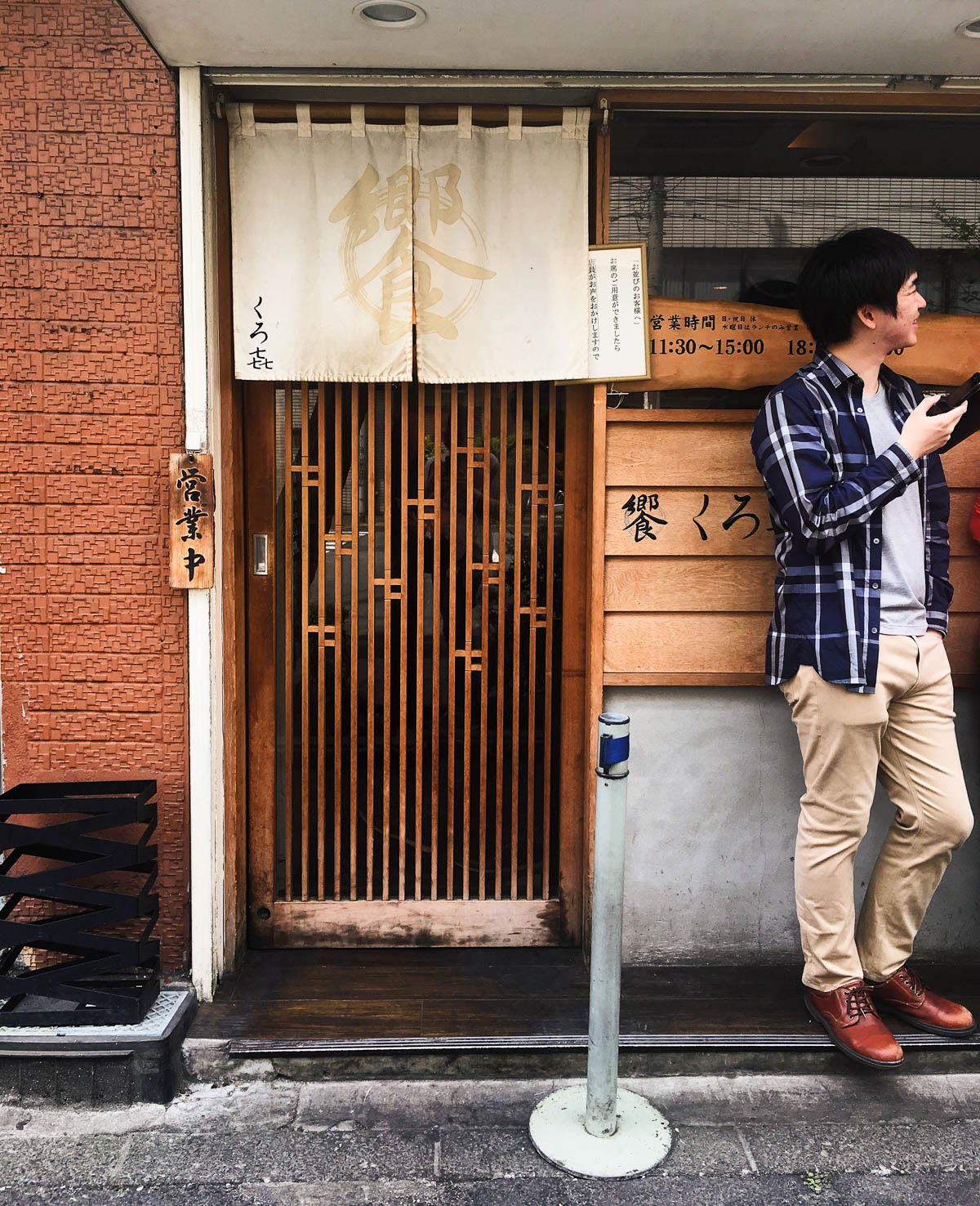
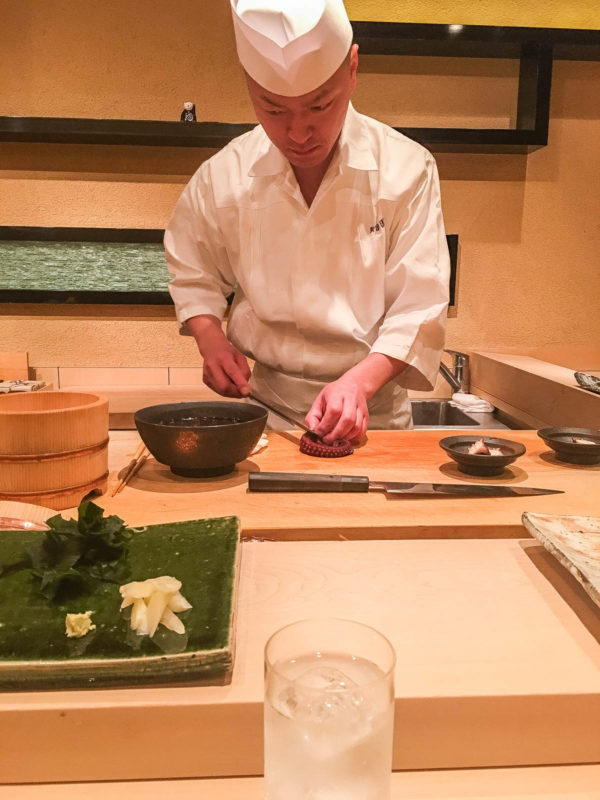
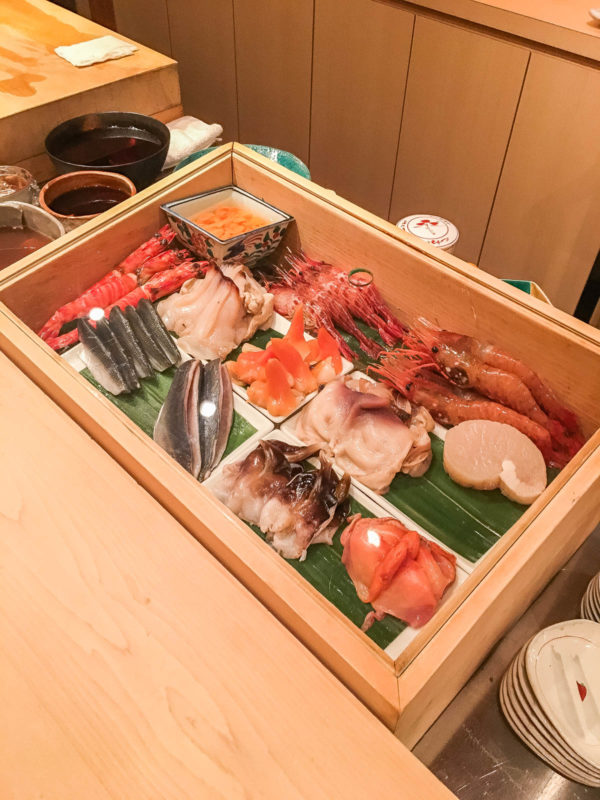
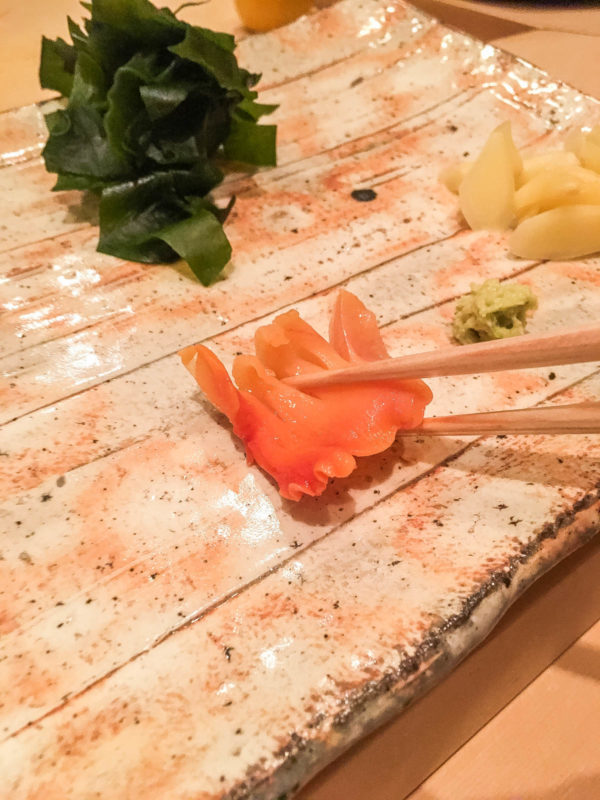
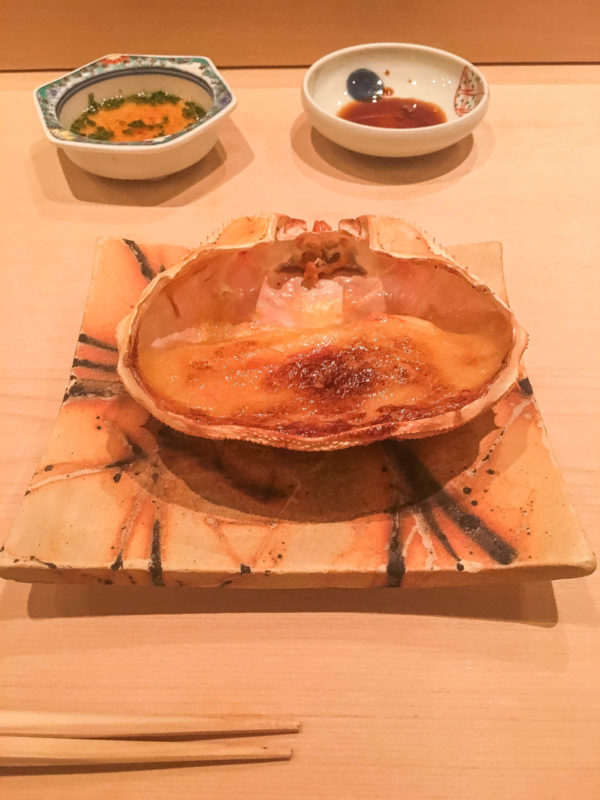
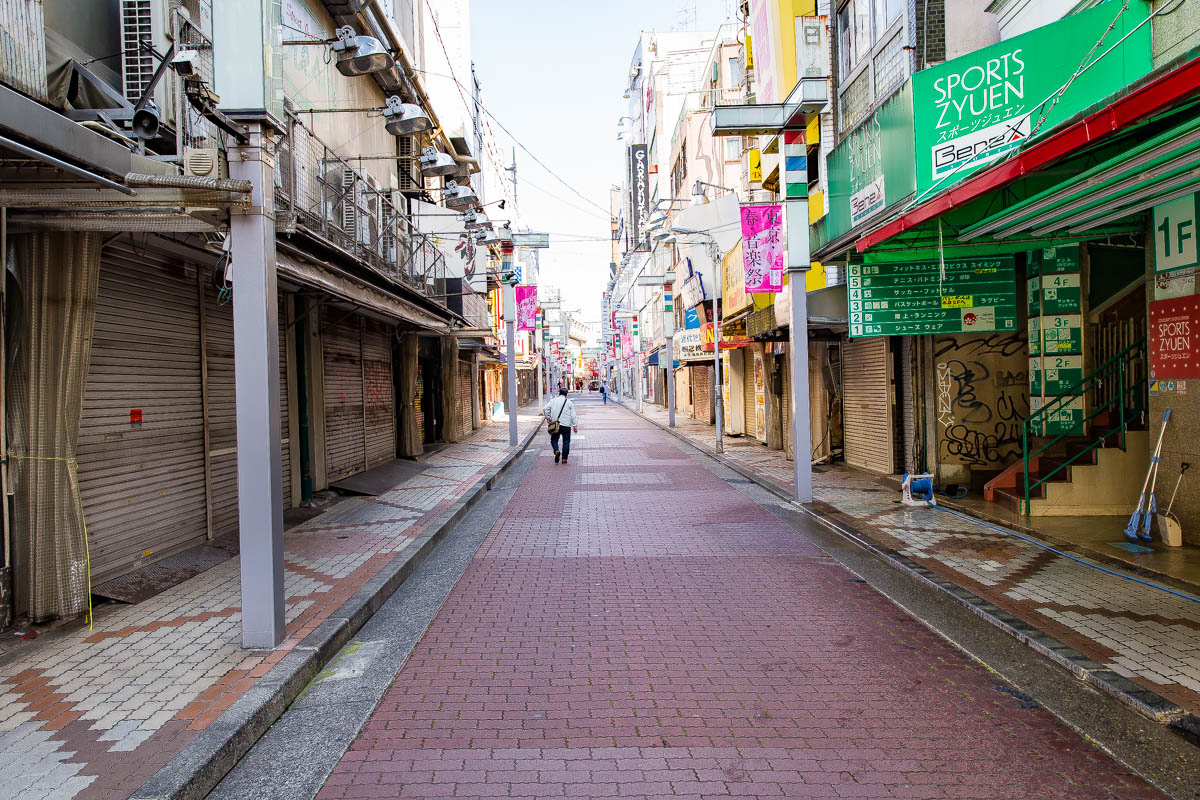
15 Comments on “Tokyo Travel Guide”
Hi I love your blog! Great post! As a Japanese I’m so glad you enjoyed trip and food here. If you ever come back, let me know!!
Thanks so much for the kind words!
Amazing photos and wonderful post. Have been thinking going to Japan for quite some time and after reading your blog I finally decided to book my trip for next year. Thanks very much!
Great photos and excellent overview of your trip! The four of us need to do a return trip soon!
Hi…I am new to your blog but when I saw this one about Japan I was very excited. I am going there on a food trip next month (not brave it to go solo).
I know transfers from the airport ( like you I am flying into Haneda via Singapore from Melbourne) are expensive but you make the train from the airport into Tokyo sound very simple. Can you give me any advice to make it as simple as possible.
I think I am already having nightmares about be in lost on the train system.
Loved your blog too
Great photos and post!
Let’s go back!!!!! Love reliving this trip through all your amazing photos!
Great post. Very new to your blog – came across during a Japan search, as my wife and I depart next week for our first trip there! We have very similar stories, and oh how we wish we had discovered you and Journy sooner! (that said, my wife and I both like to plan, so it’s been an interesting experience so far). One question for you – did you enjoy the Tsukiji Insider Workshop? We have that exact tour on our list but haven’t booked it yet – trying to decide if worth it. Thanks and cheers!
So glad you discovered this! We did really enjoy the Tsukiji Insider Workshop! We learned a lot, and it helped to have someone give us a walking tour of the actual market (it’s sort of chaotic and they have relationships with several fisherman, which enables you to see more – we even got to try tuna samples from one of the oldest fisherman!). It was fun! If you have the time, I think its worth it for sure! Hope this helps!
This is such a well written post. I spent 36 hours in Tokyo and now realise I haven’t even scratched the surface of the surface!
Thank you so, so much! Isn’t it an amazing city?!
This is gorgeous + super informative! Love your tips on travelling for short periods. My partner and I went to Thailand for 2 weeks in December and it was incredibly hectic!
So glad you enjoyed it and found it helpful! I desperately want to go to Thailand! I can imagine that would be even harder to do in a short period.
This is an amazingly beautiful, fascinating, and detailed “tour” you have taken your readers on in this post! The stories are fabulous and the photos outstanding! It gave me much more of an idea of how much you and Connor saw and experienced in Japan, and definitely has inspired me to think about traveling there!
And now I’m craving sushi.
Love this post!